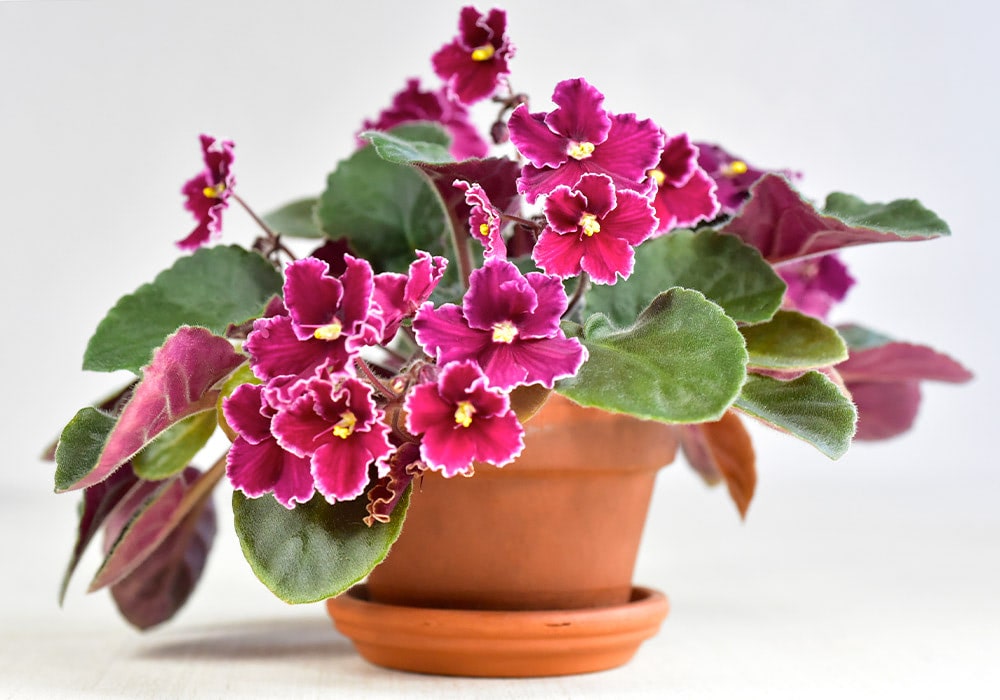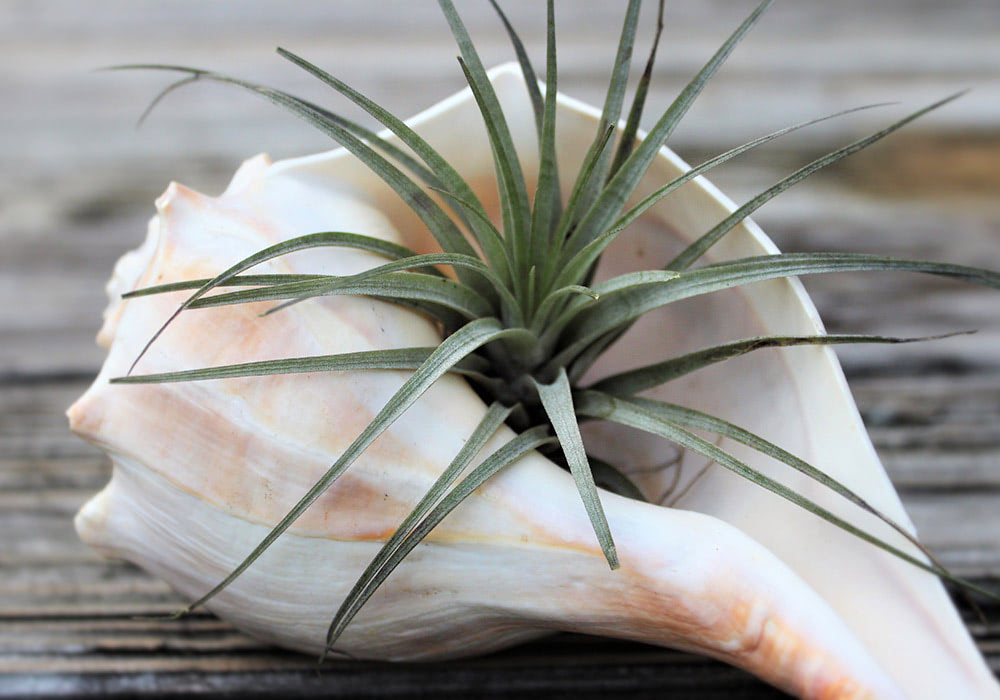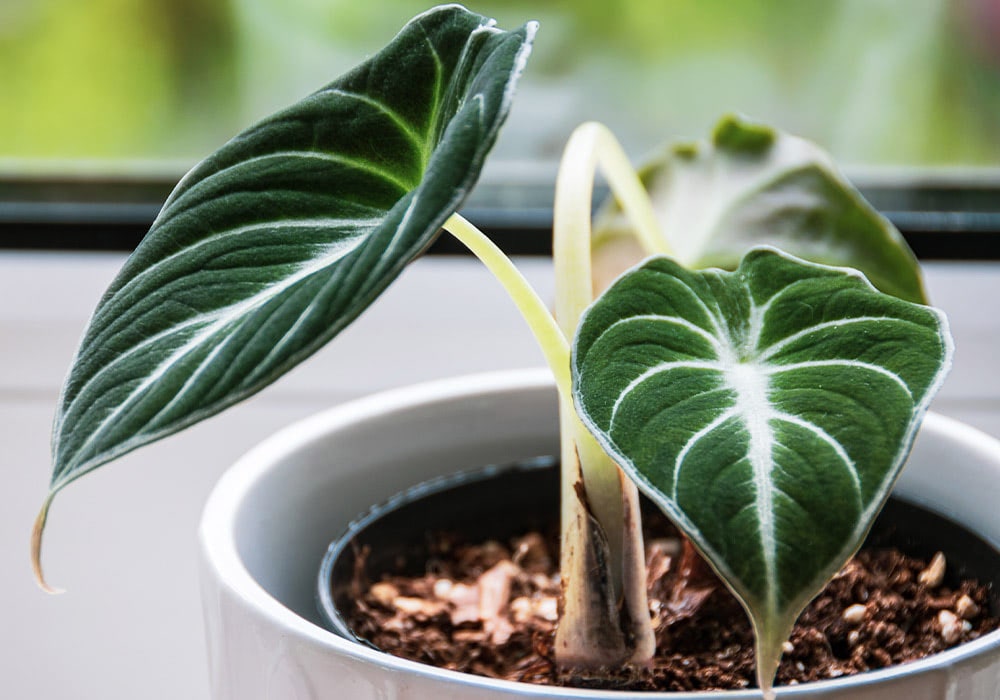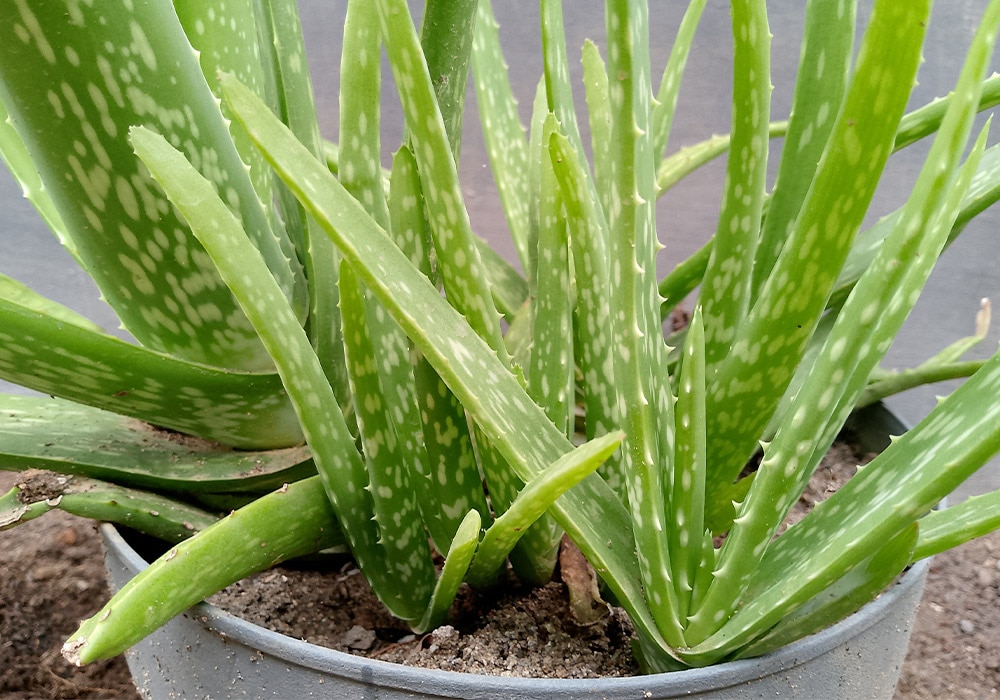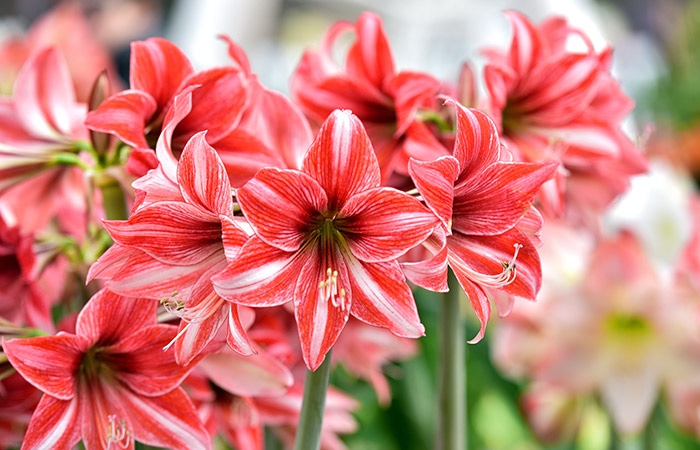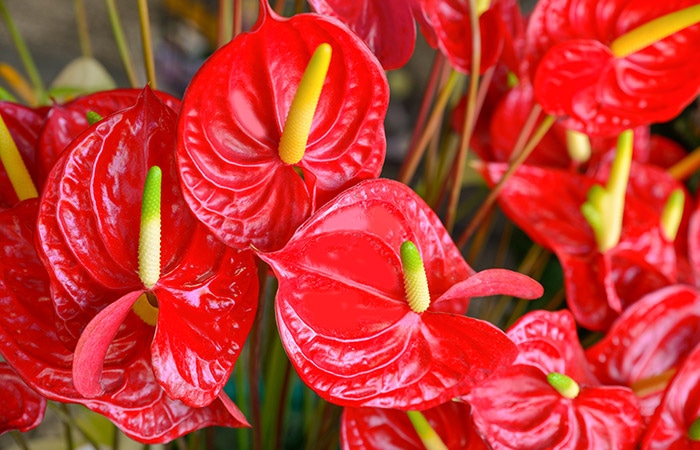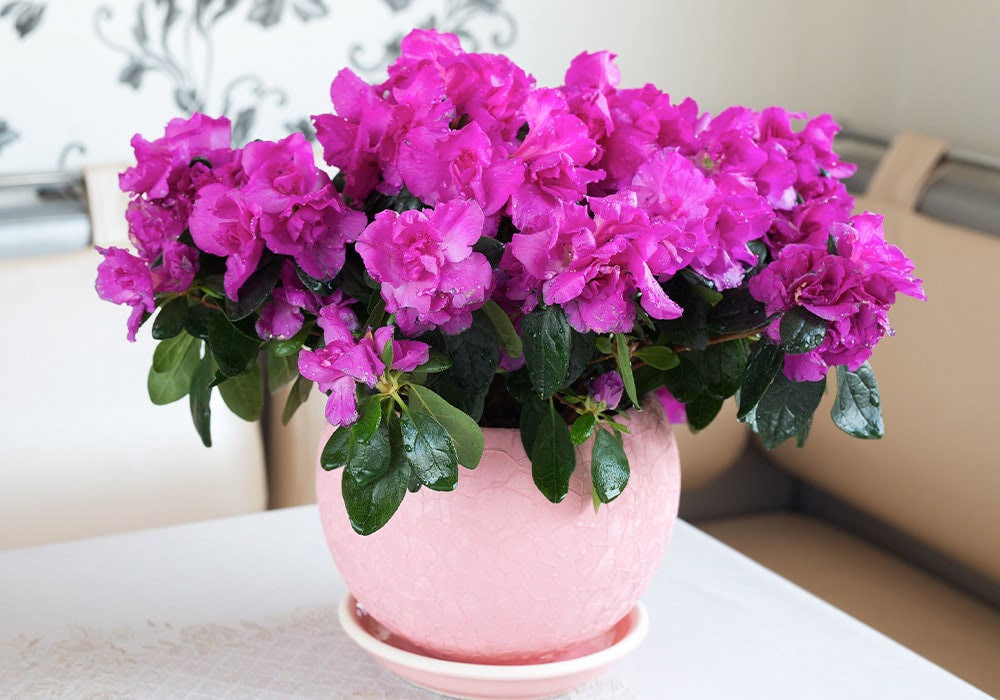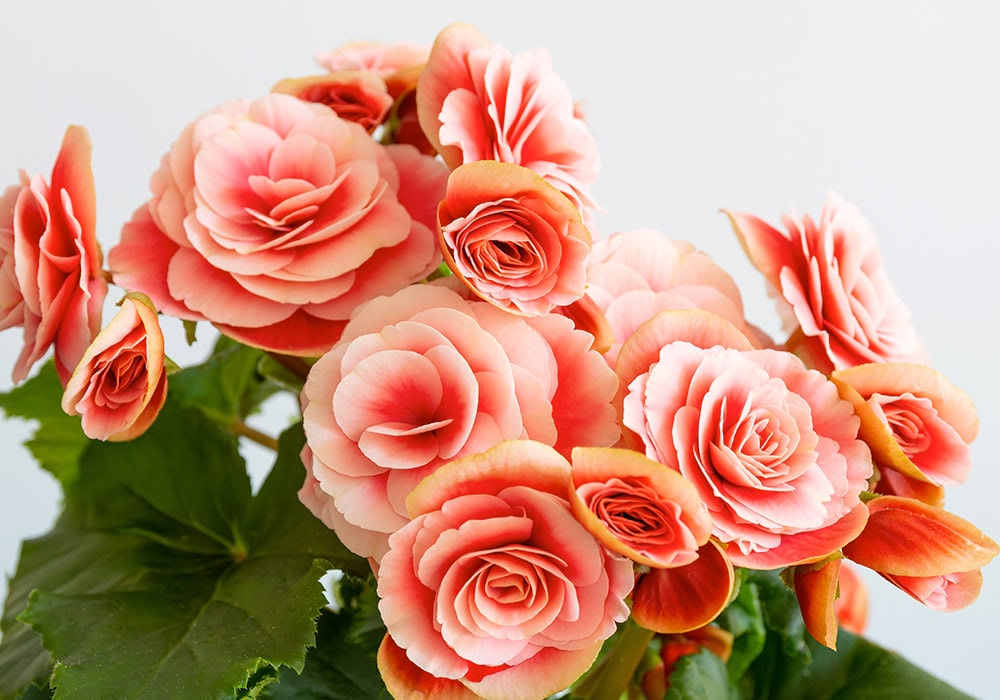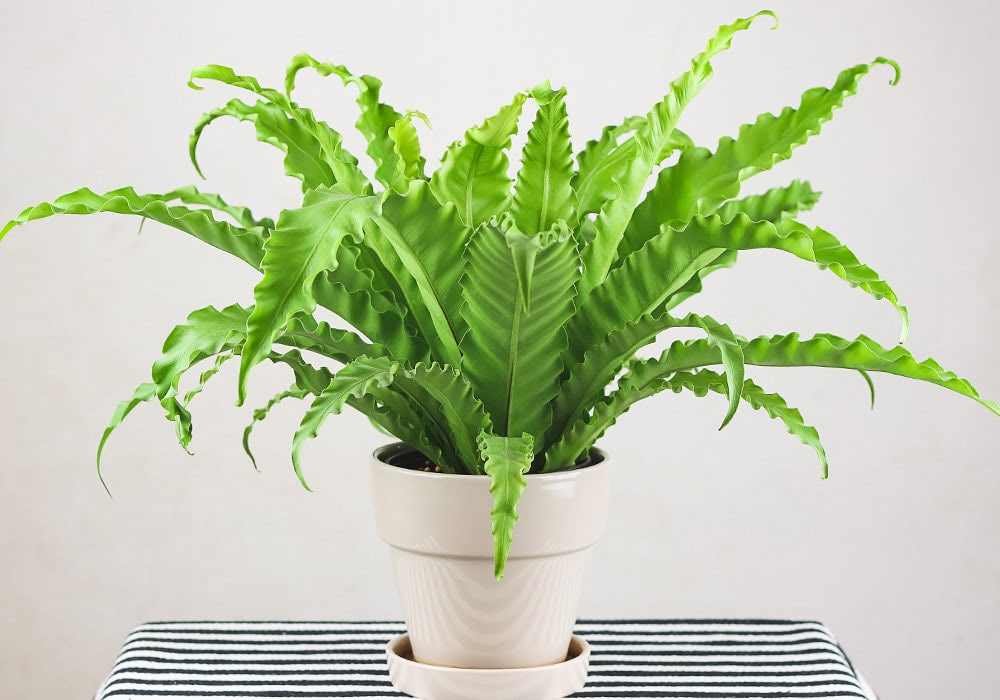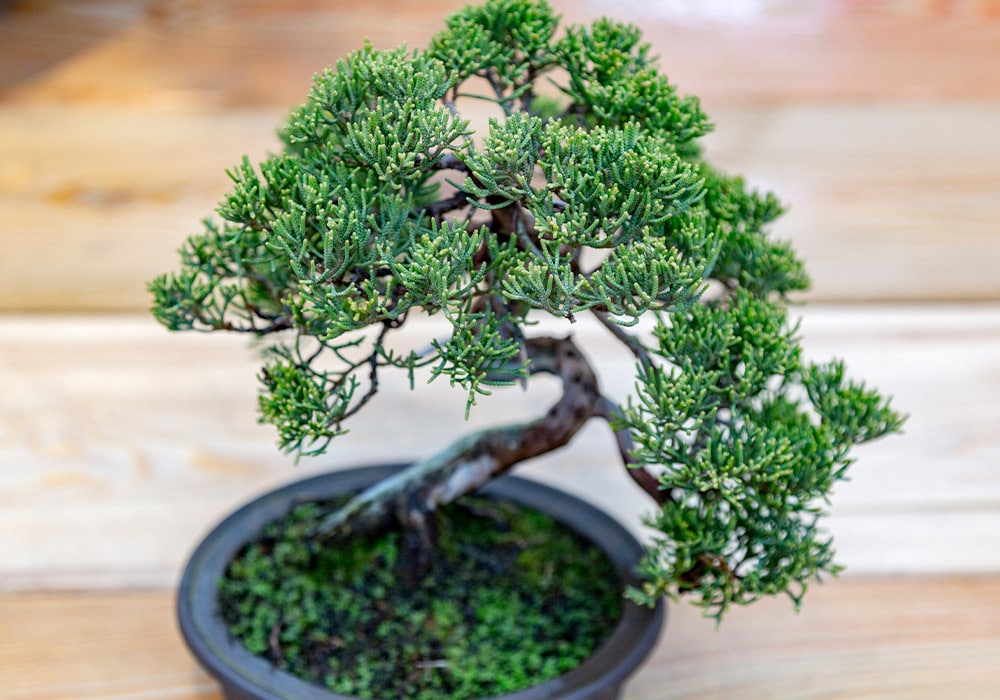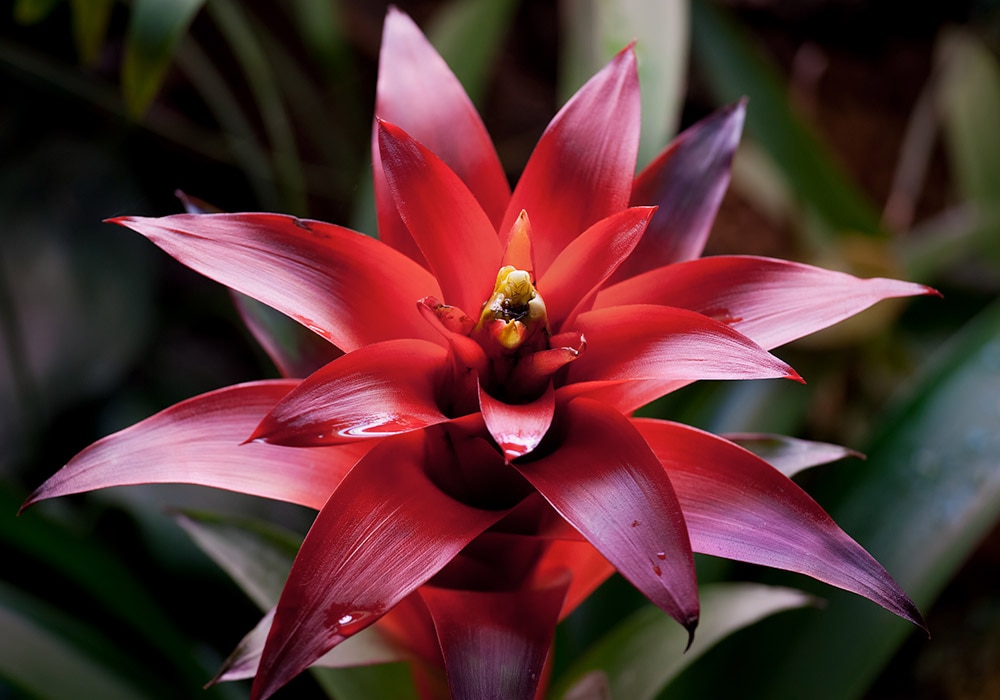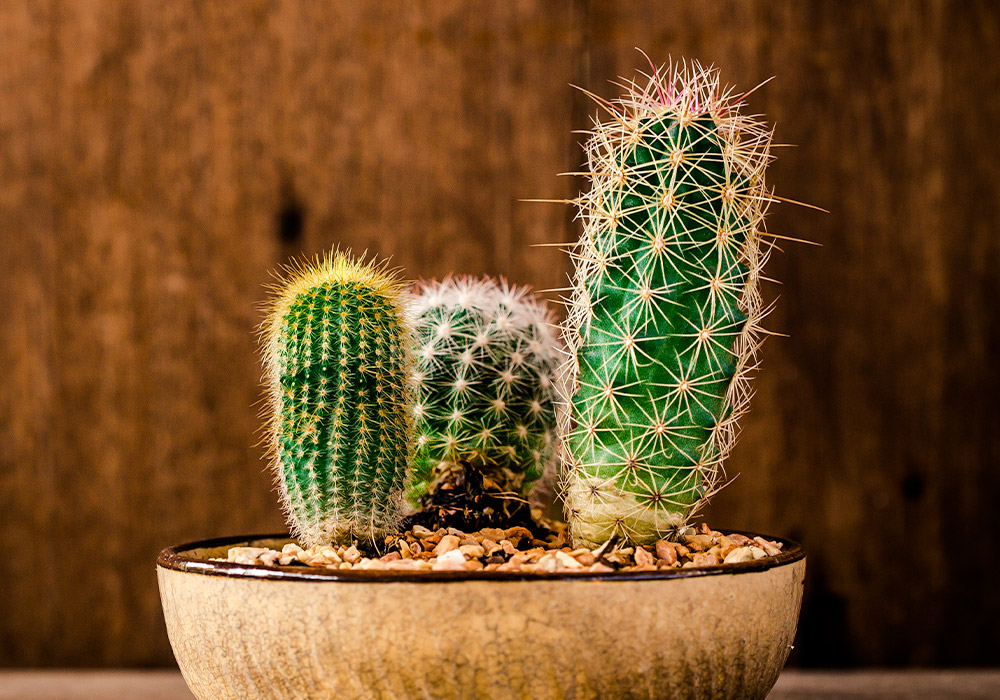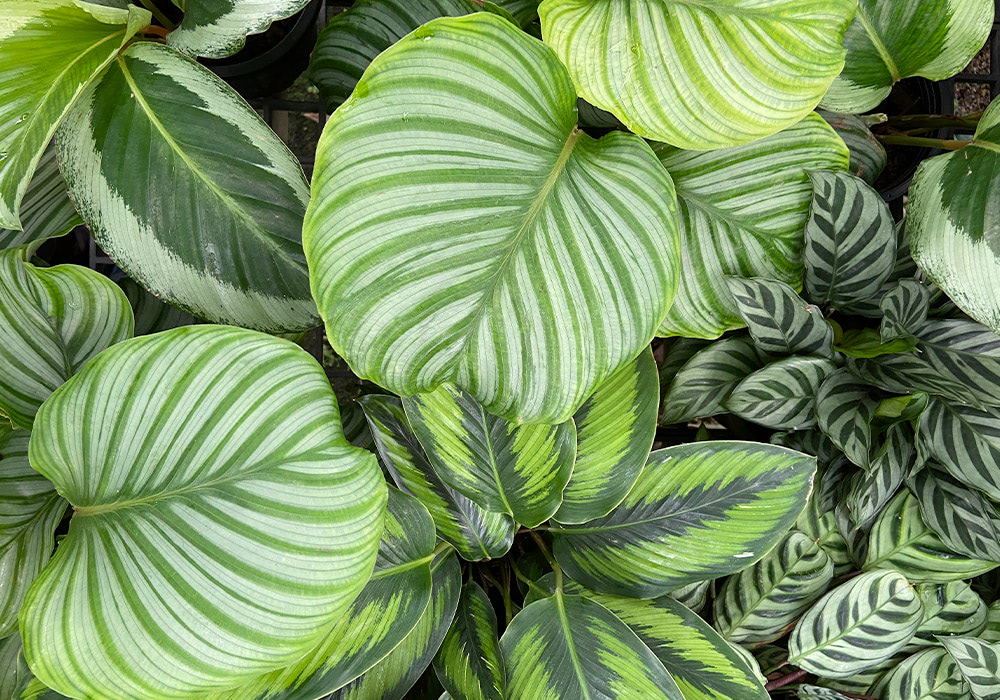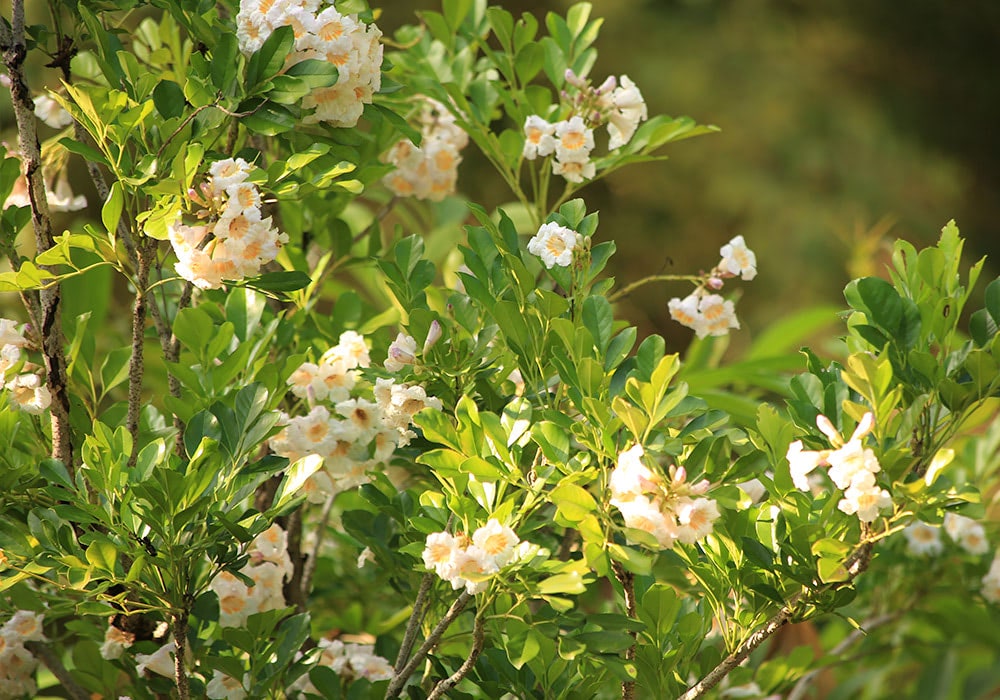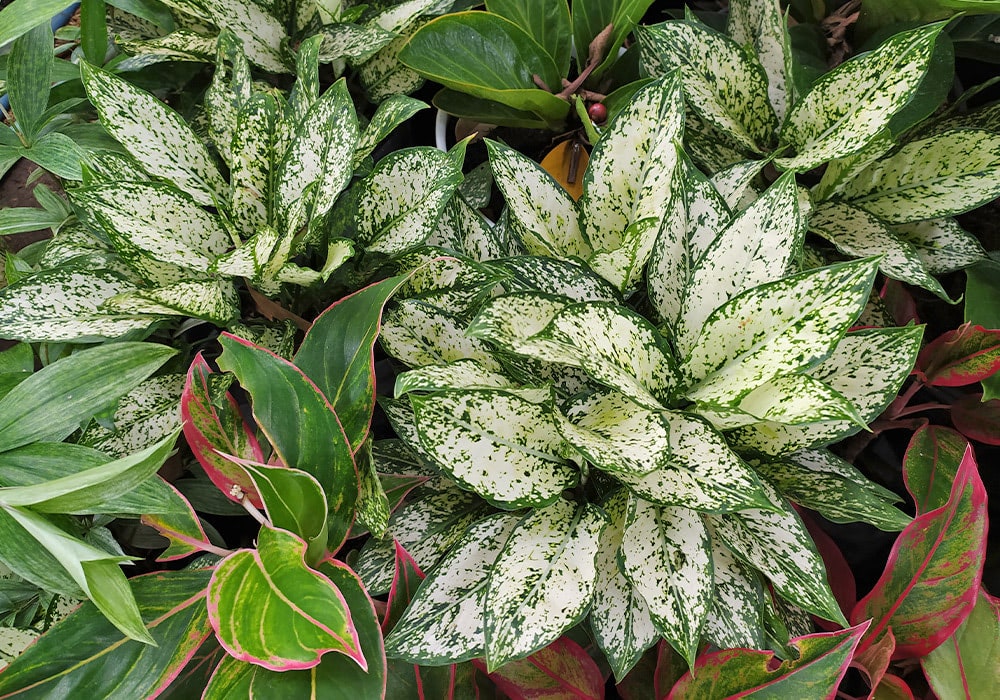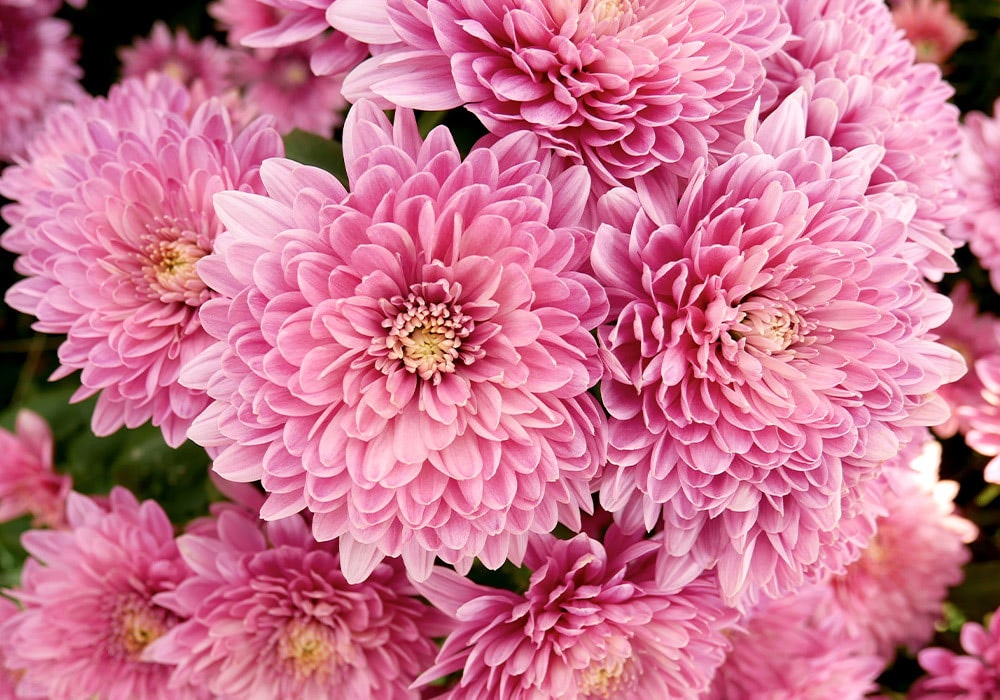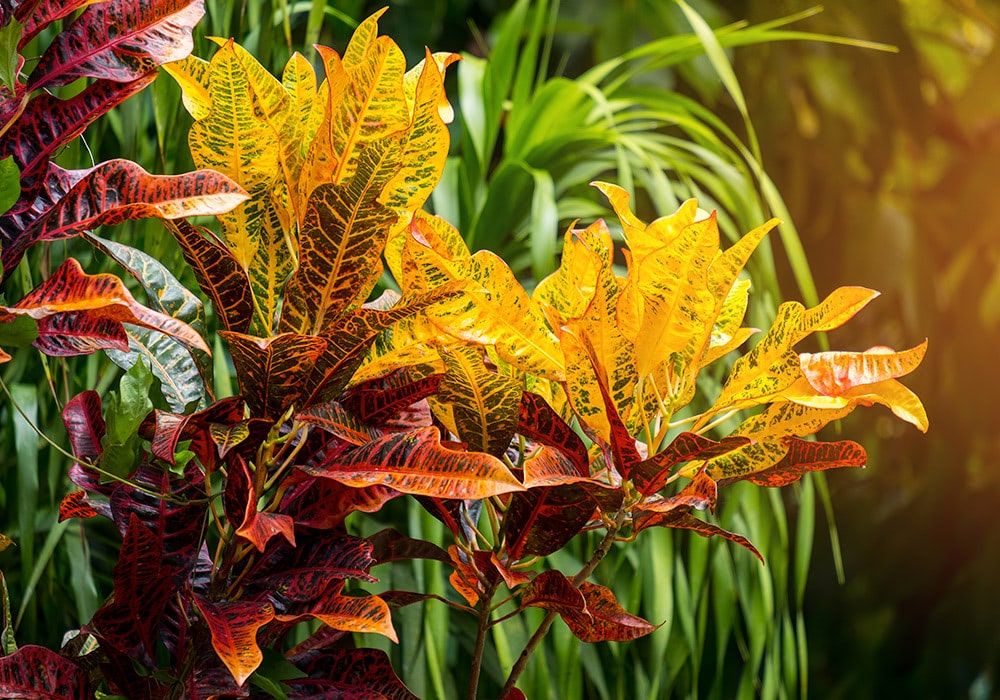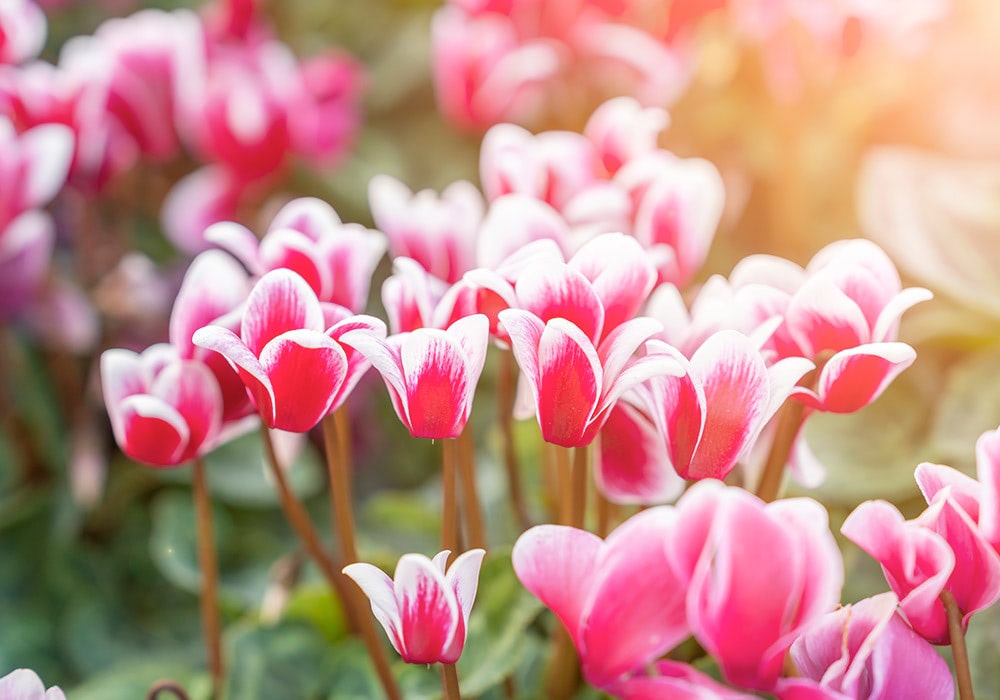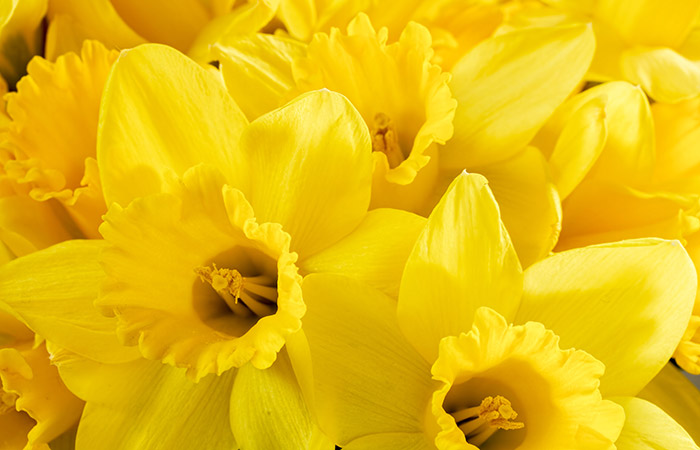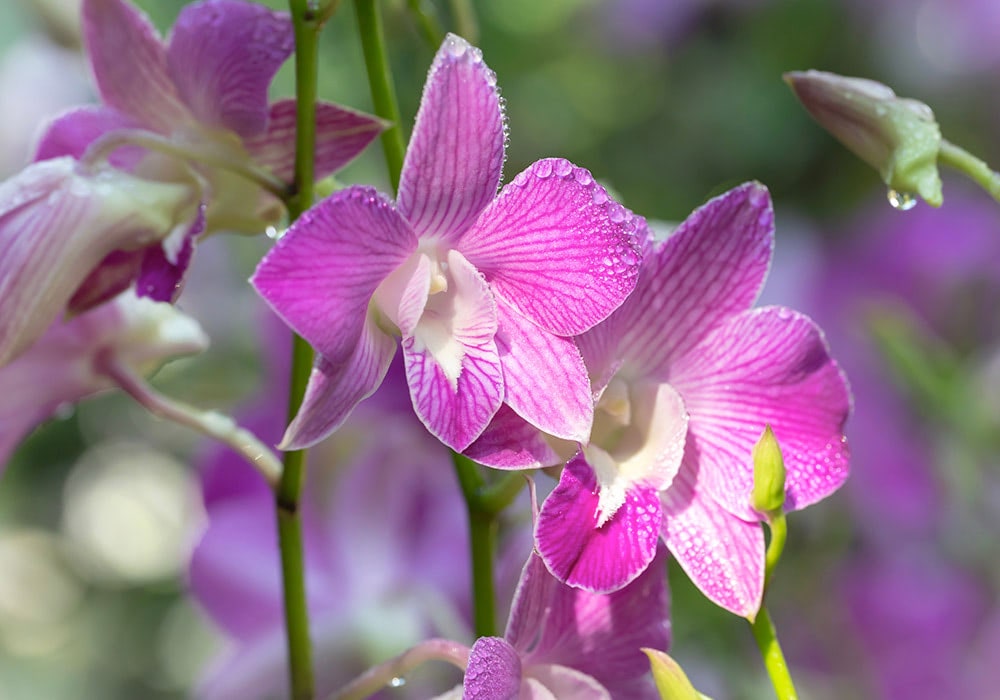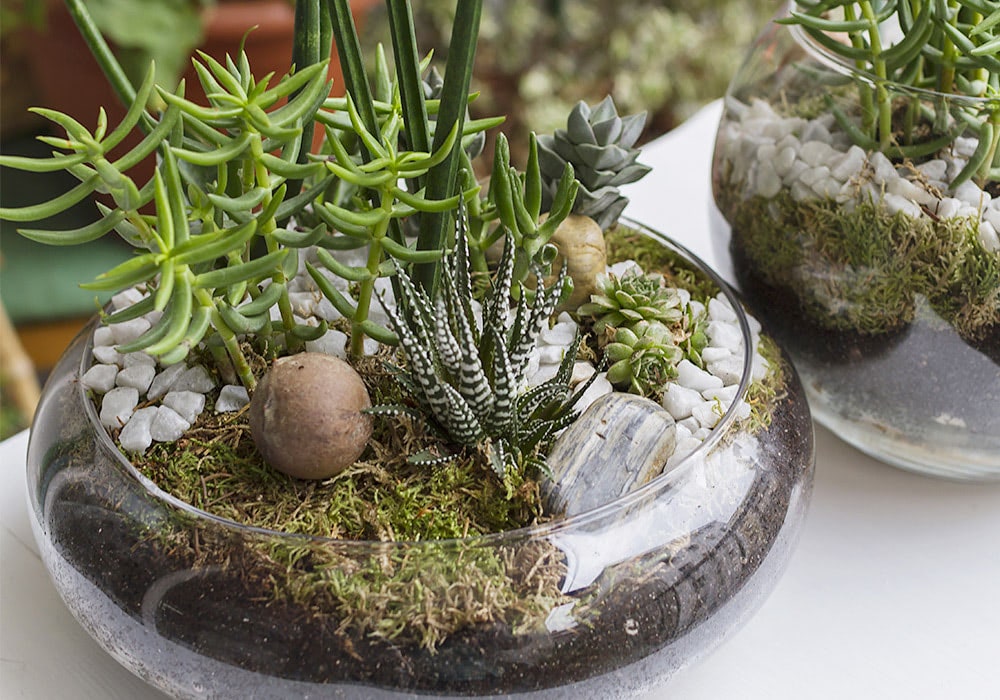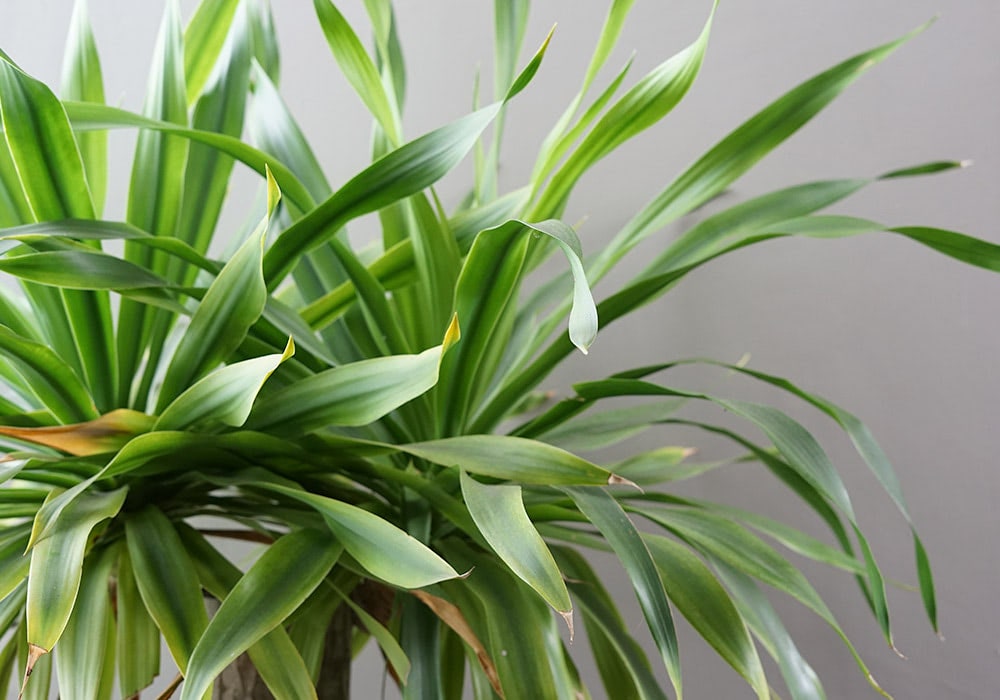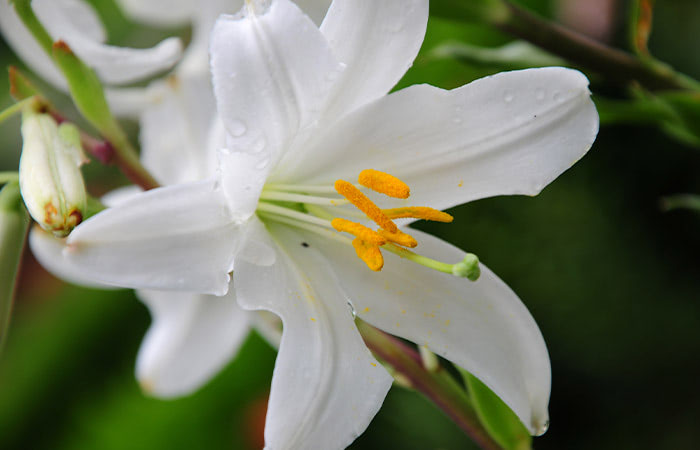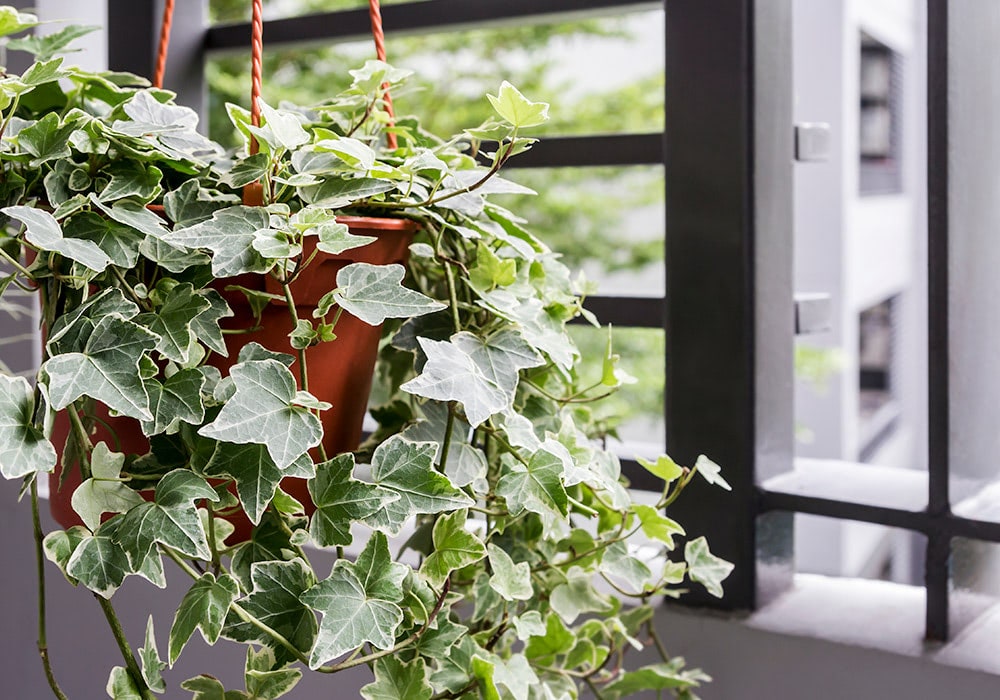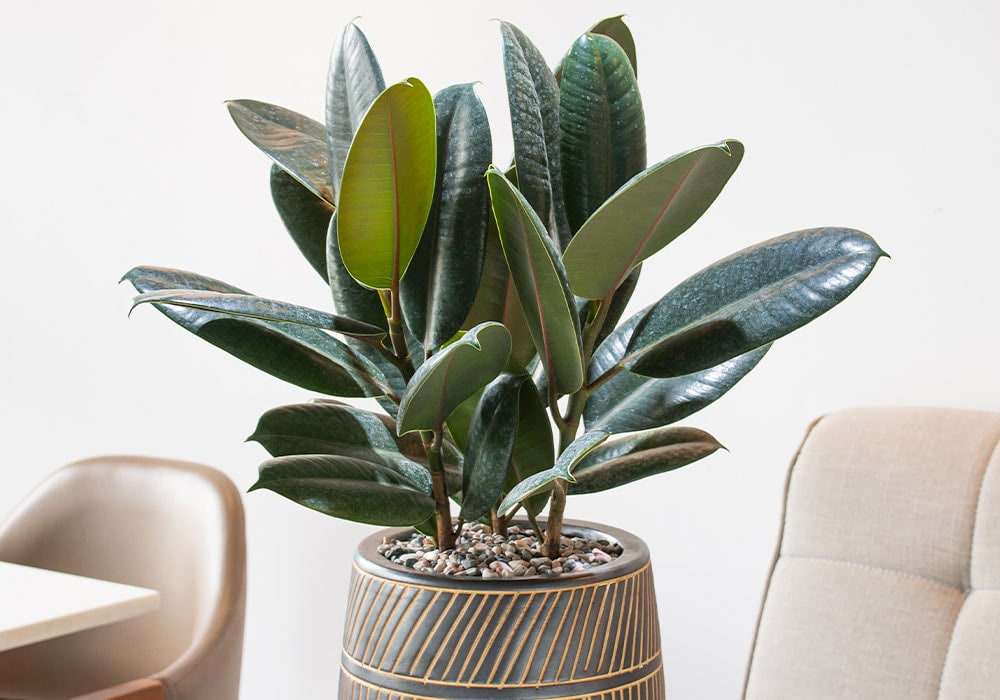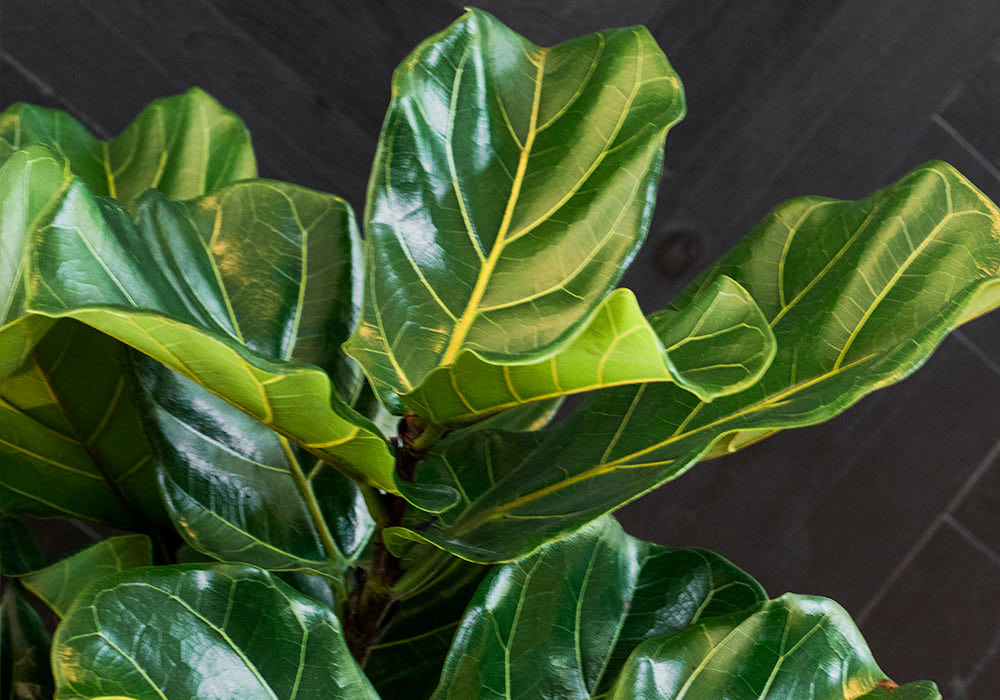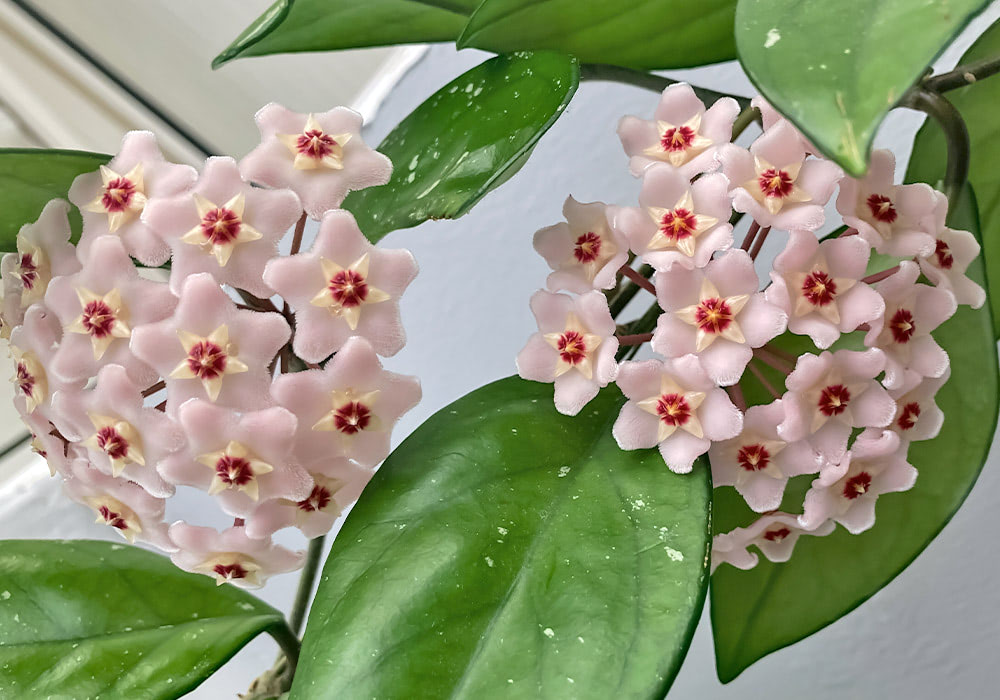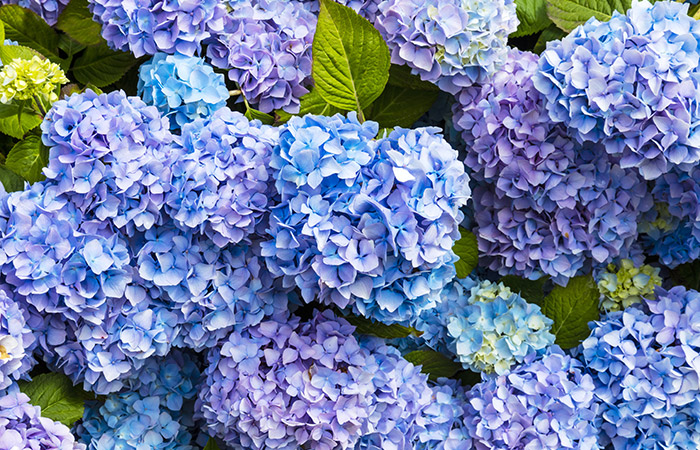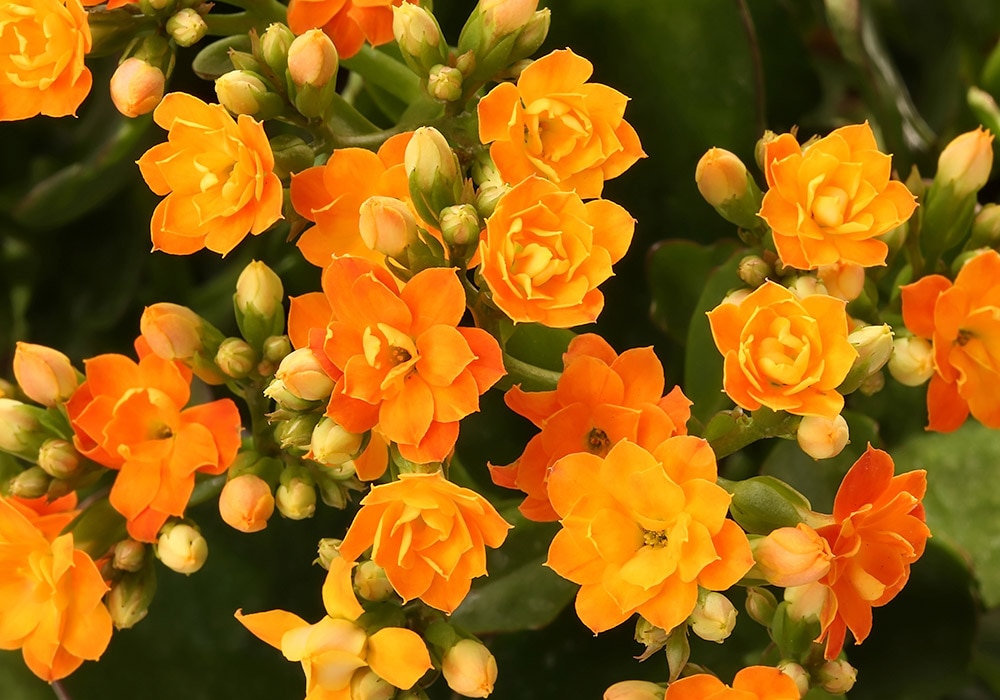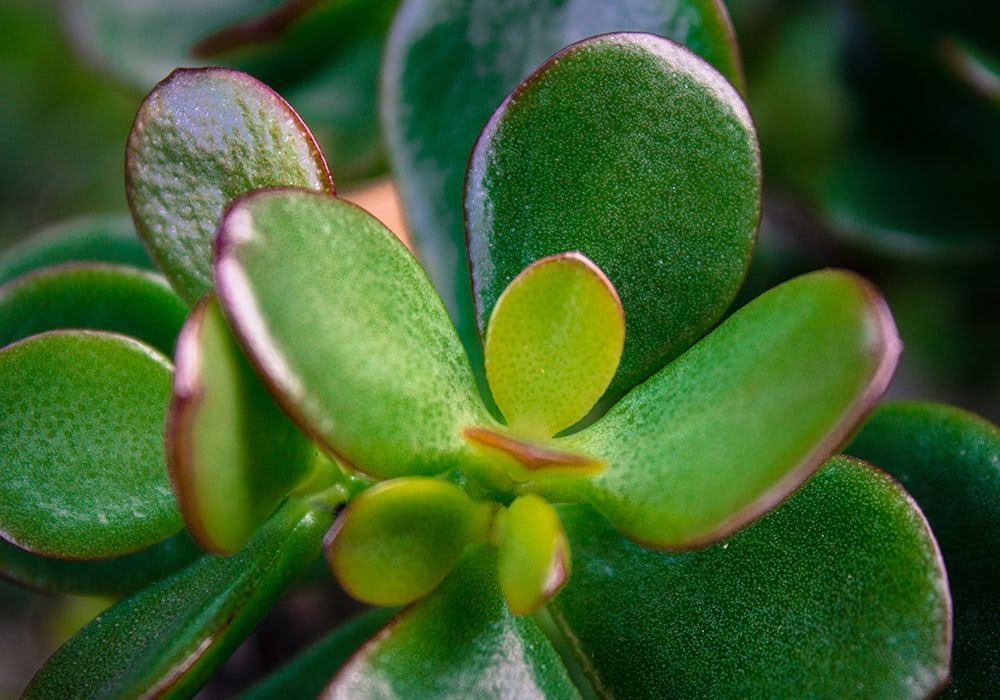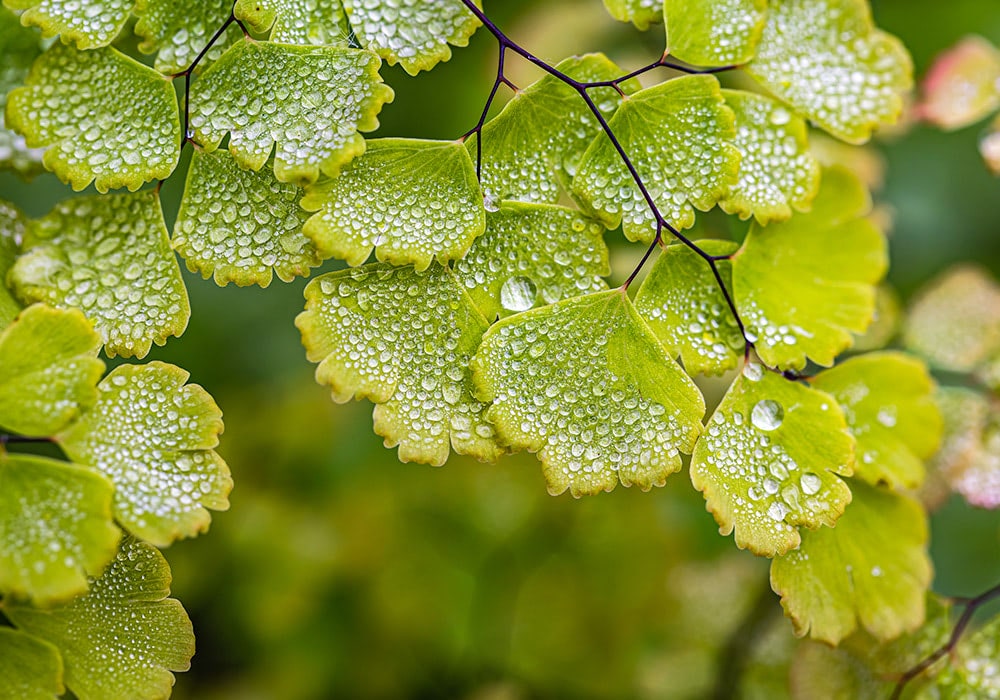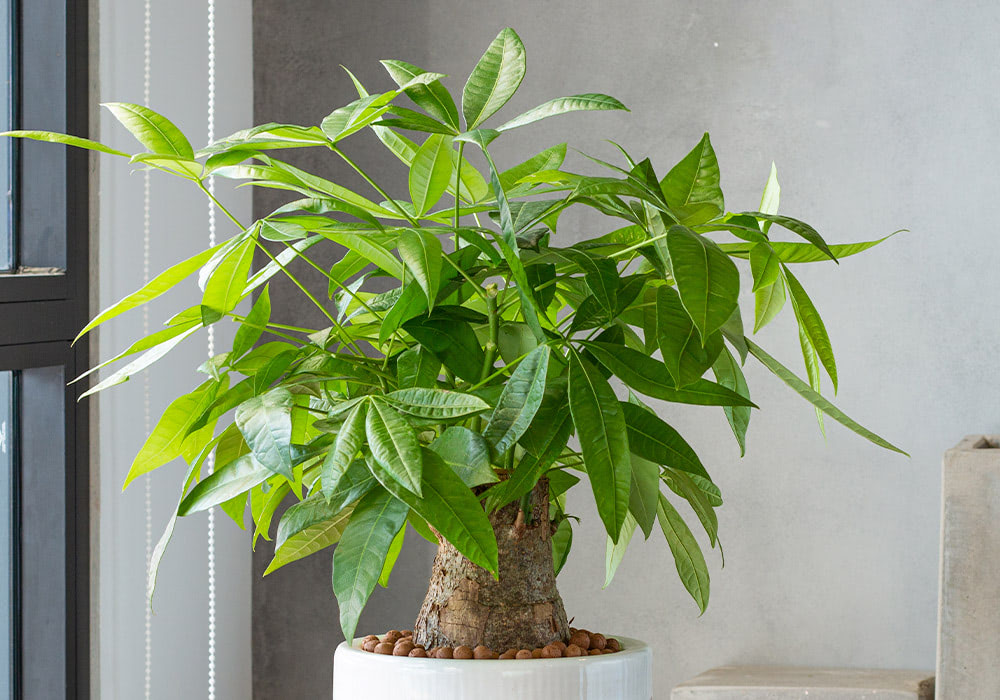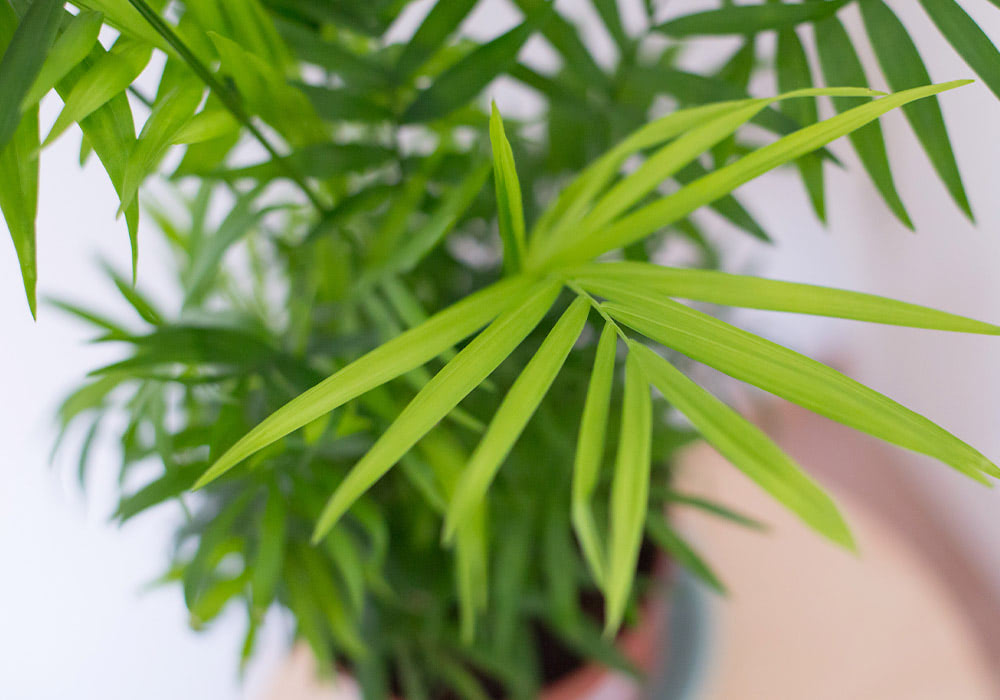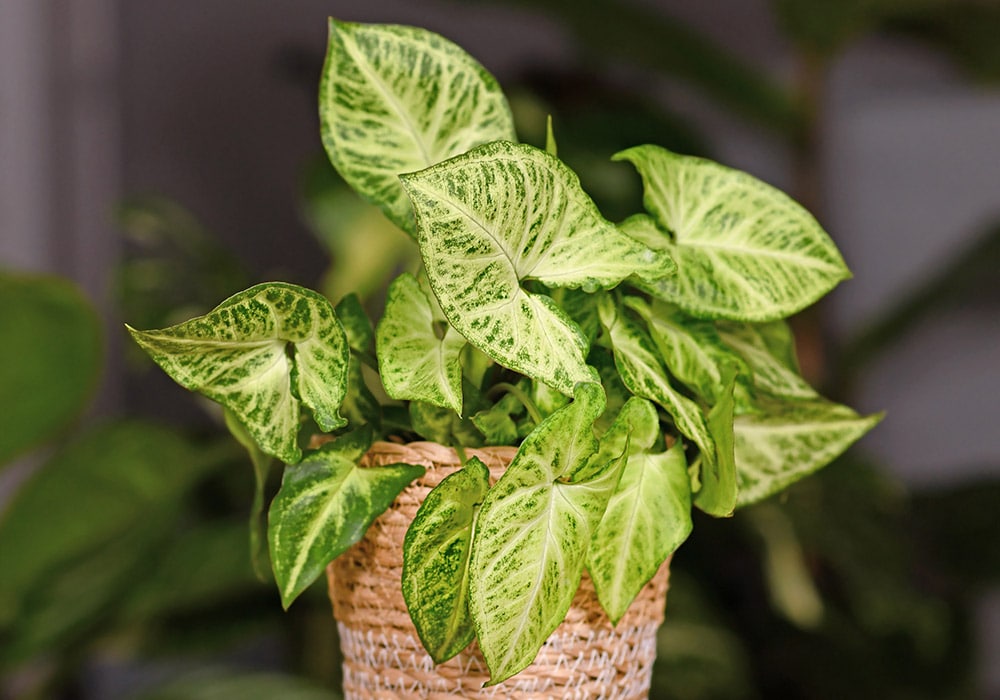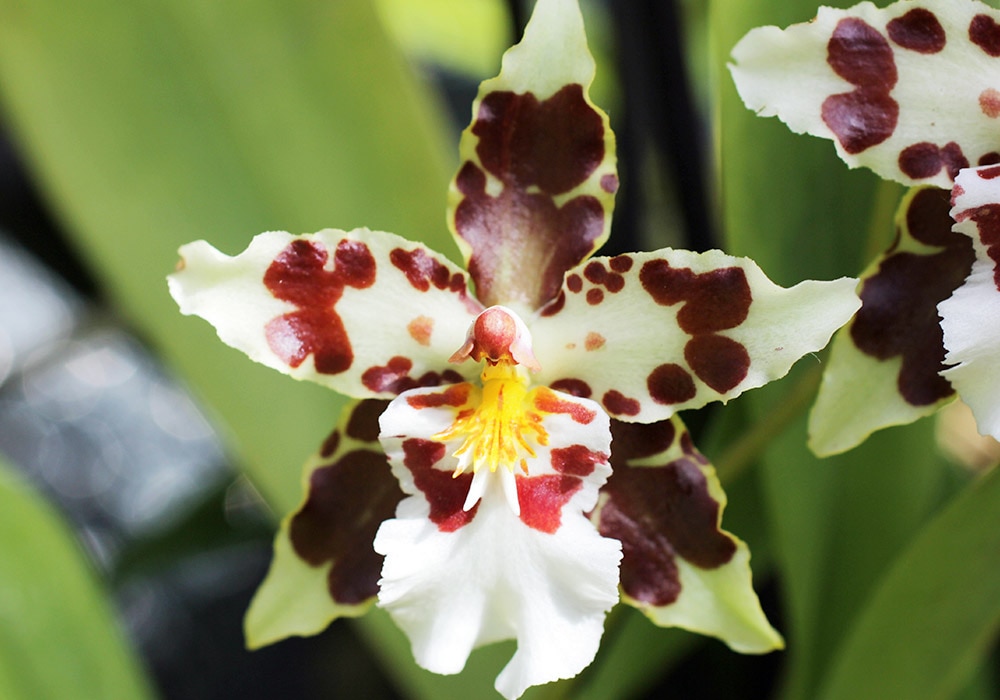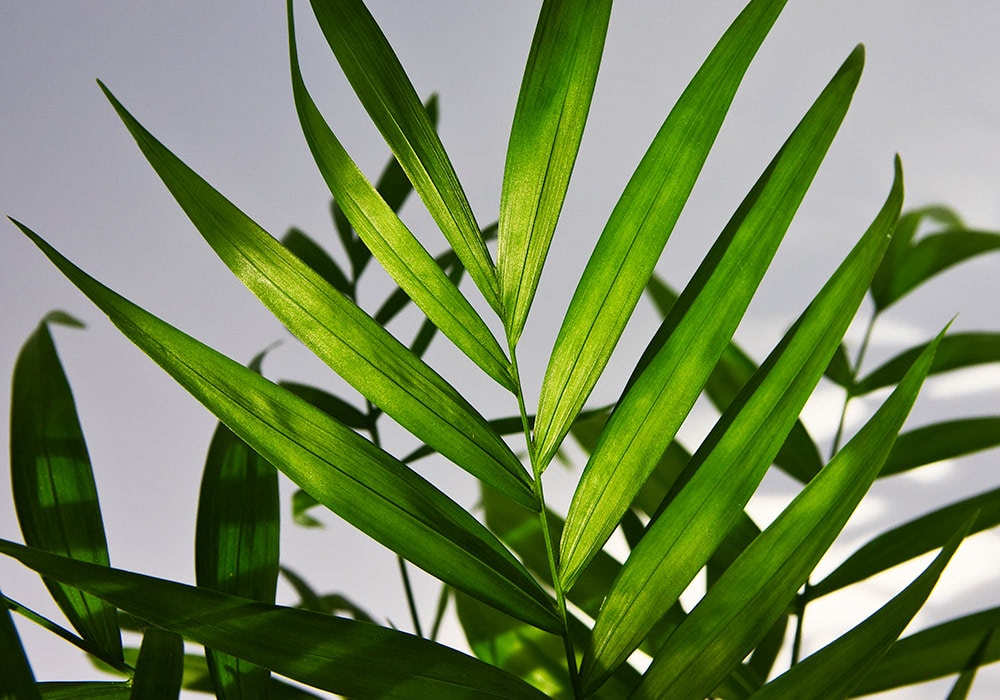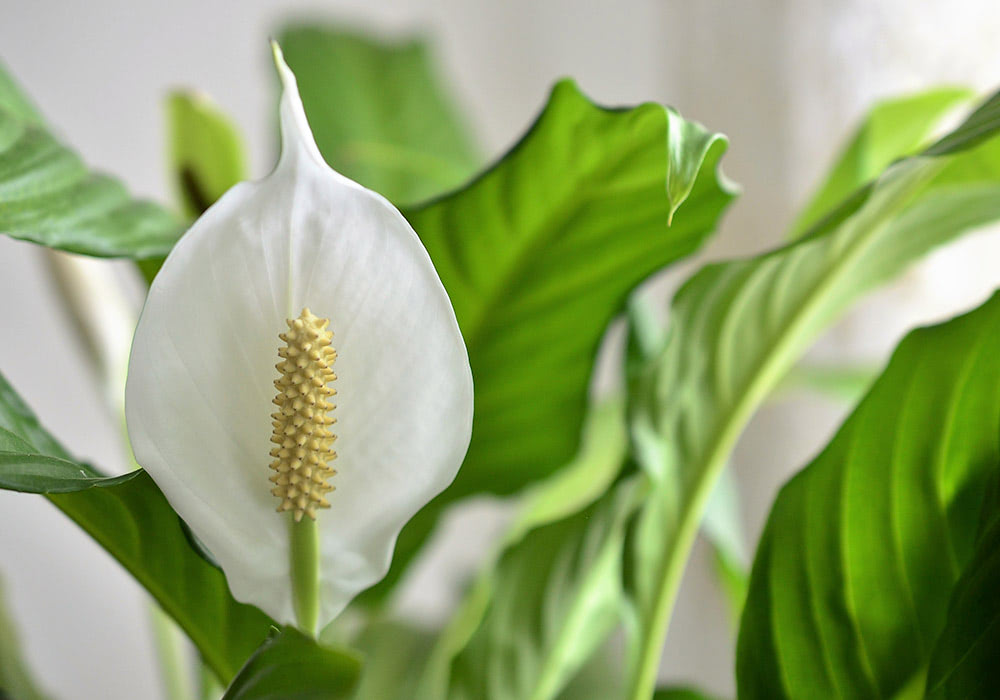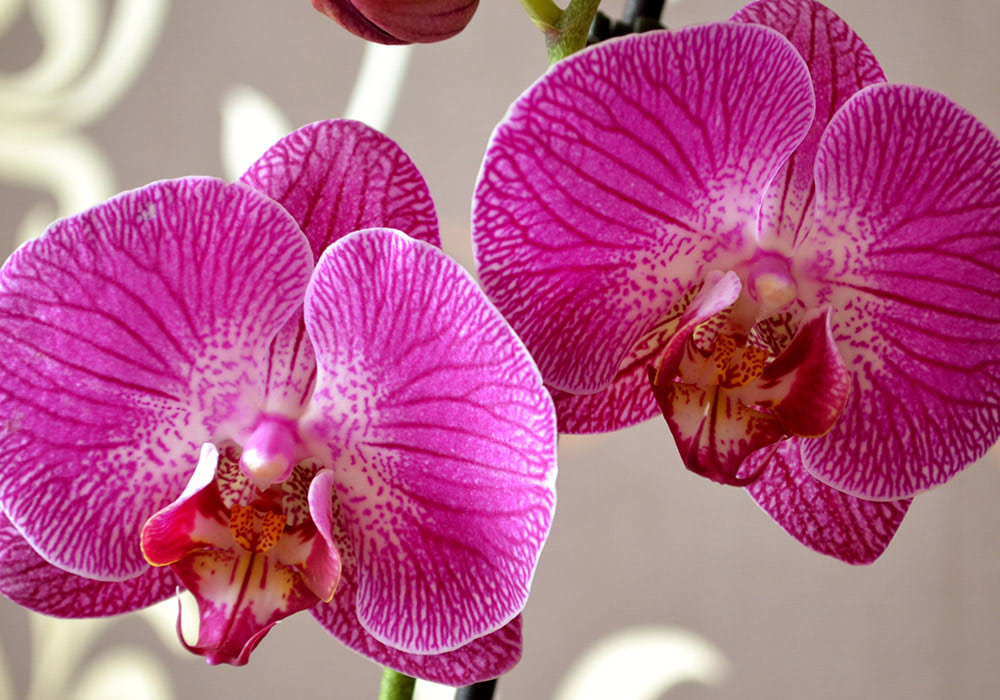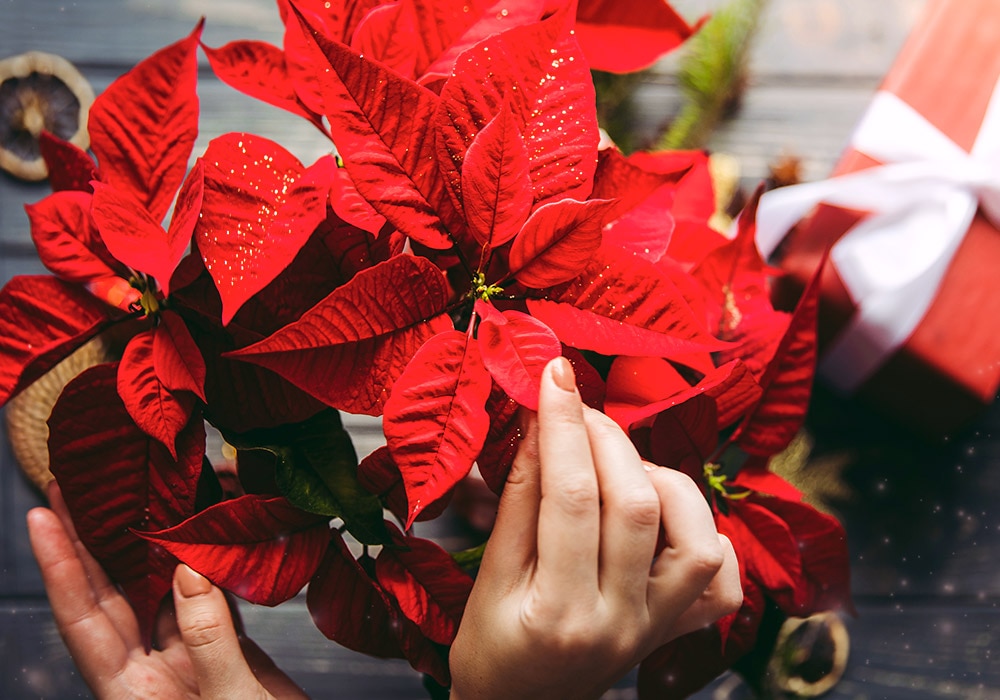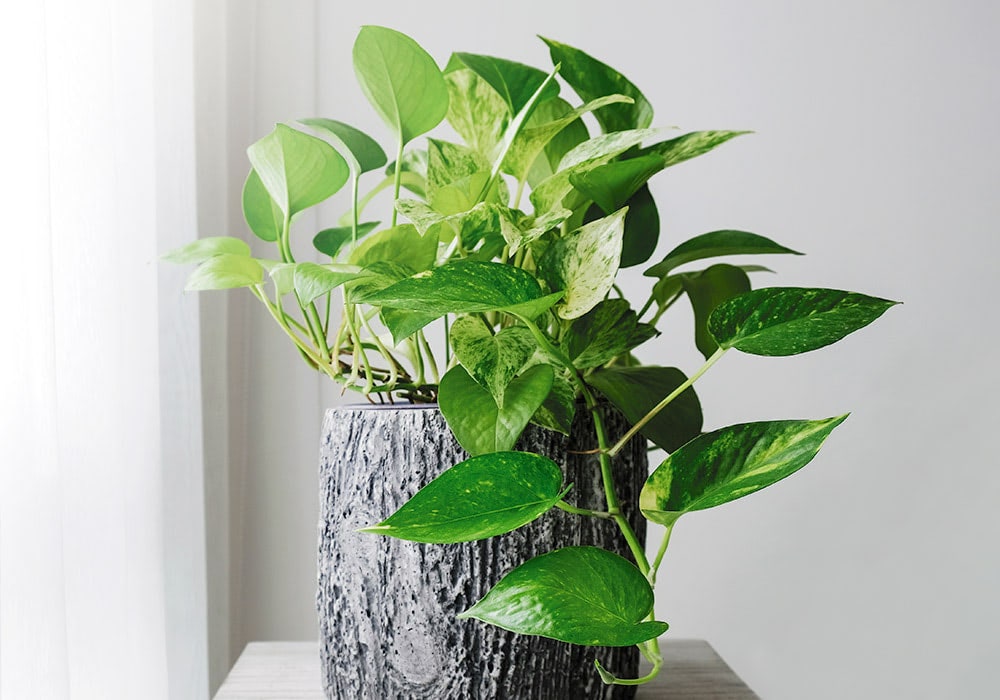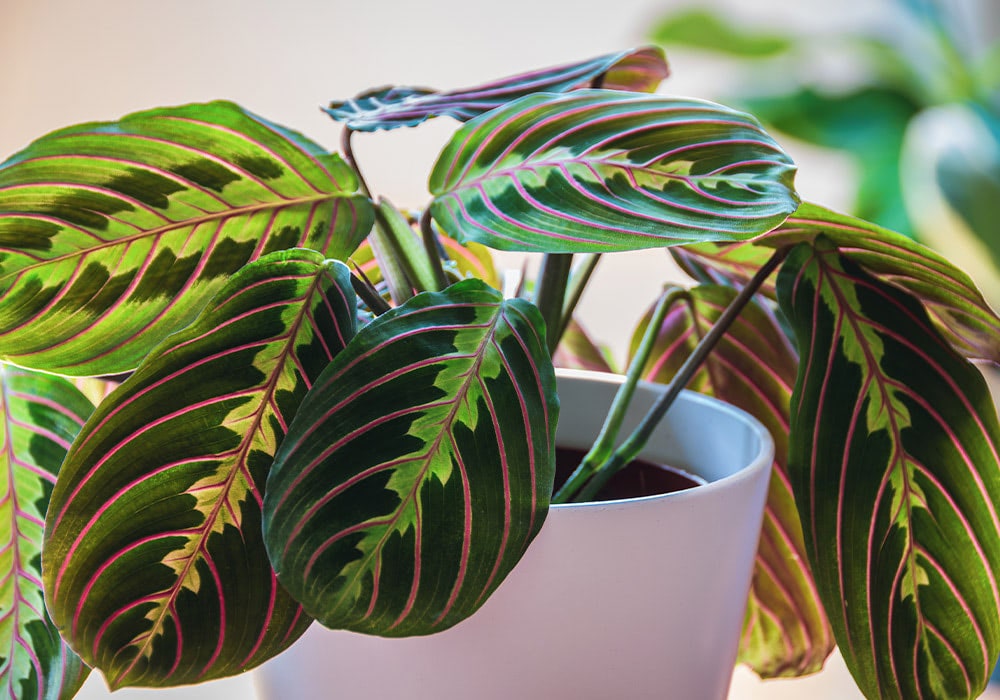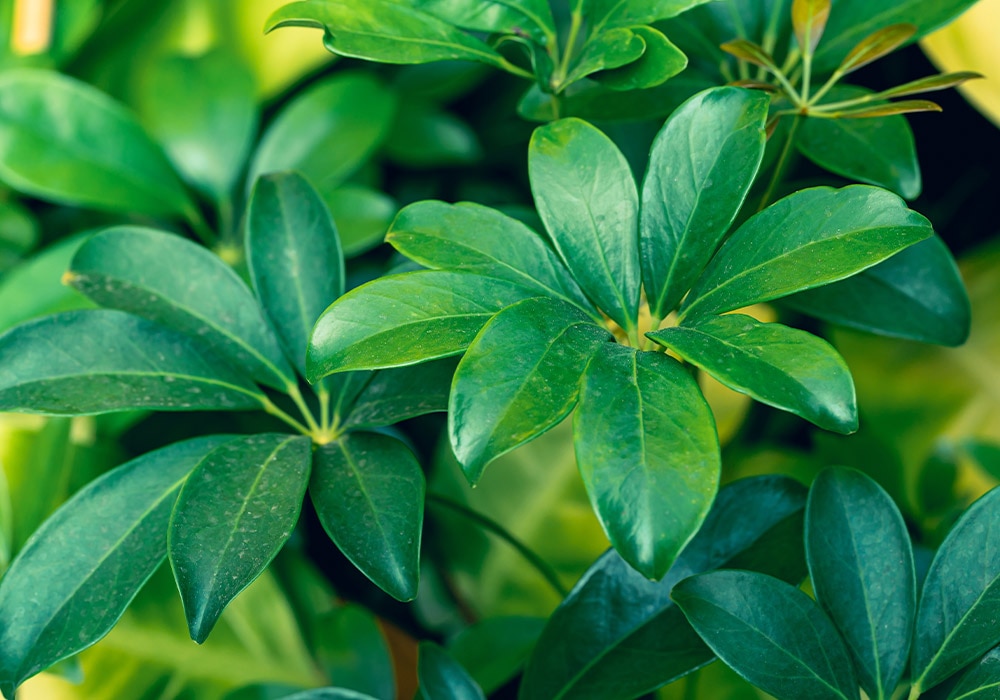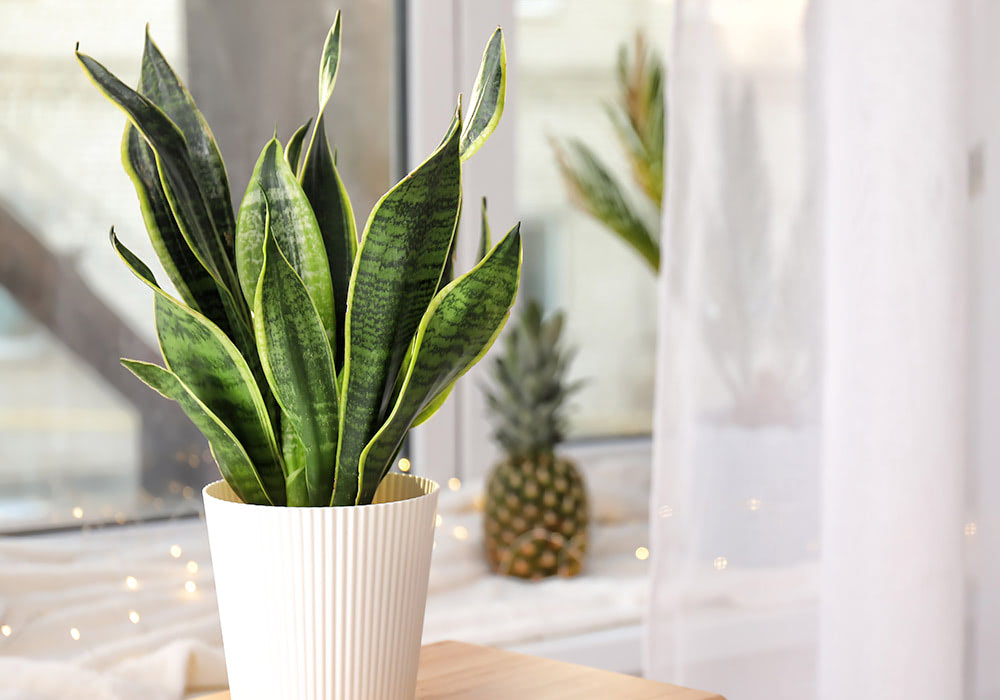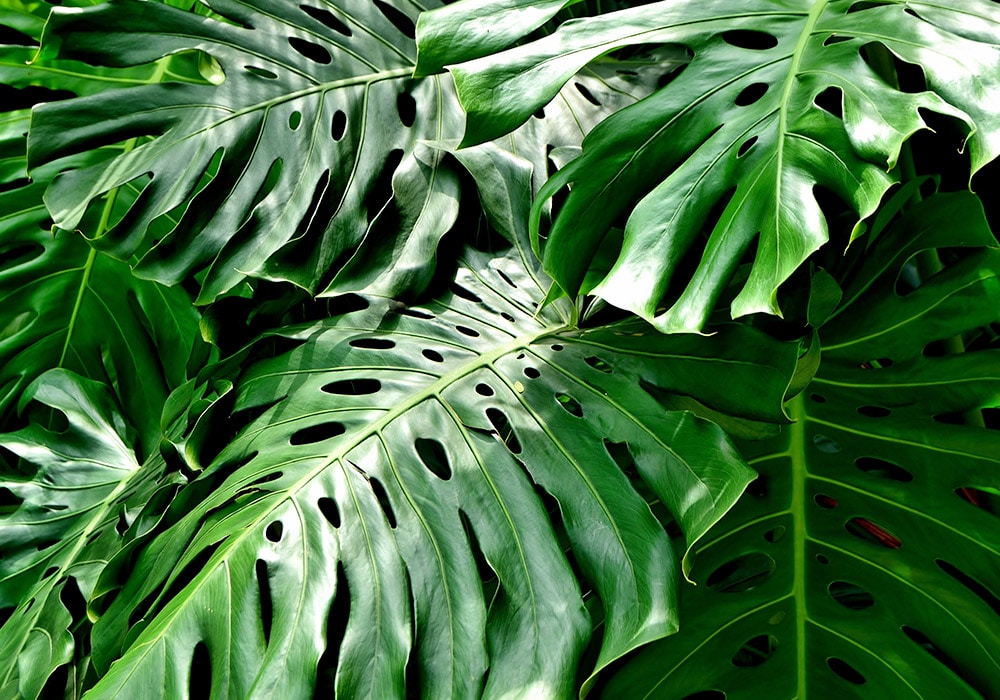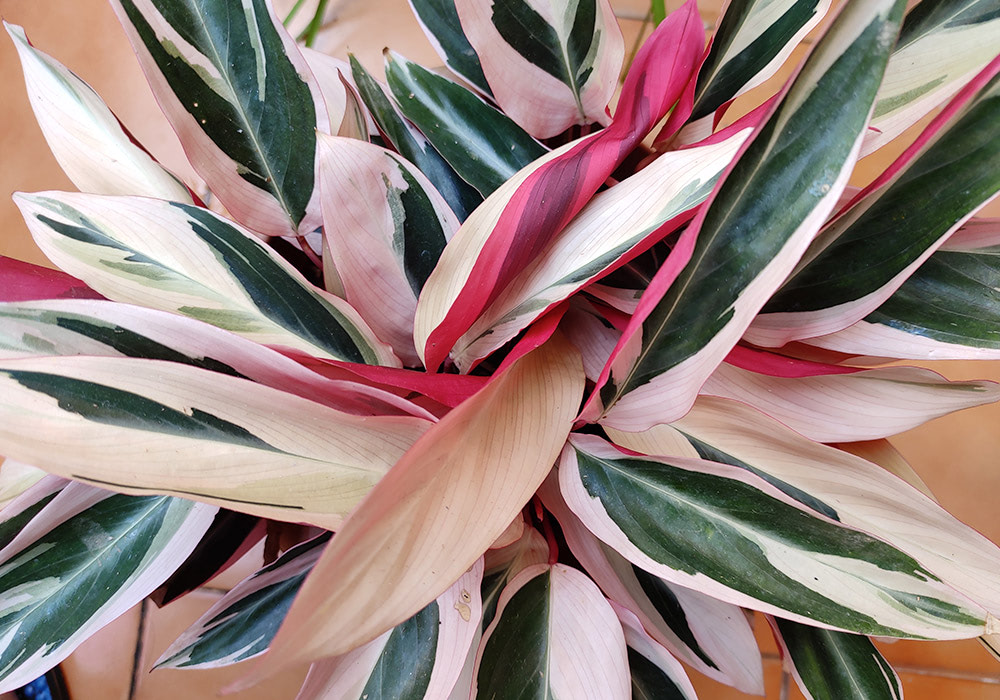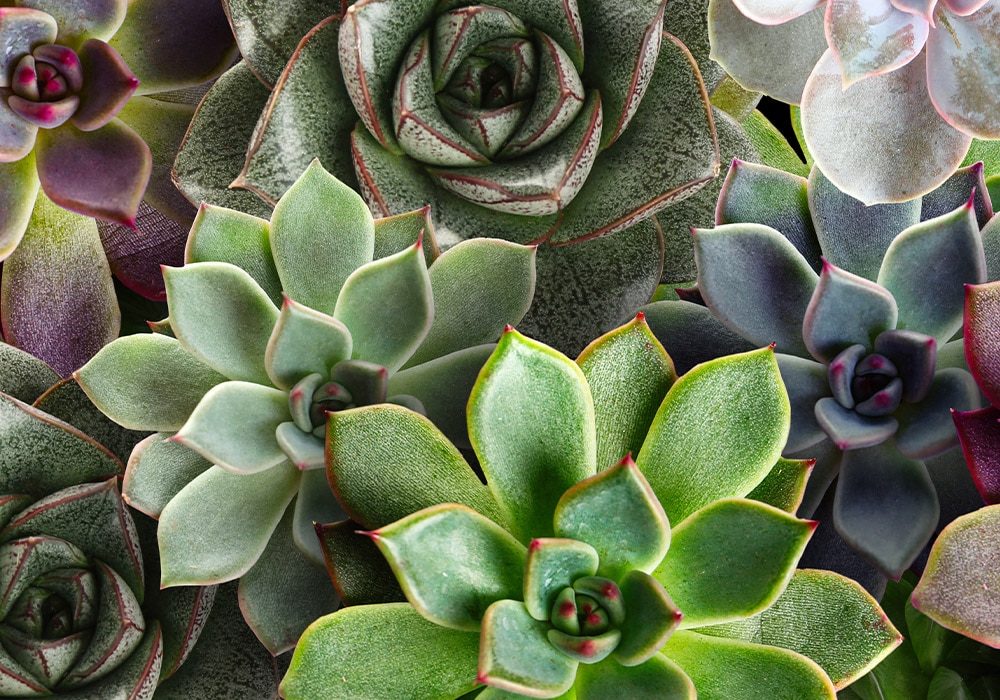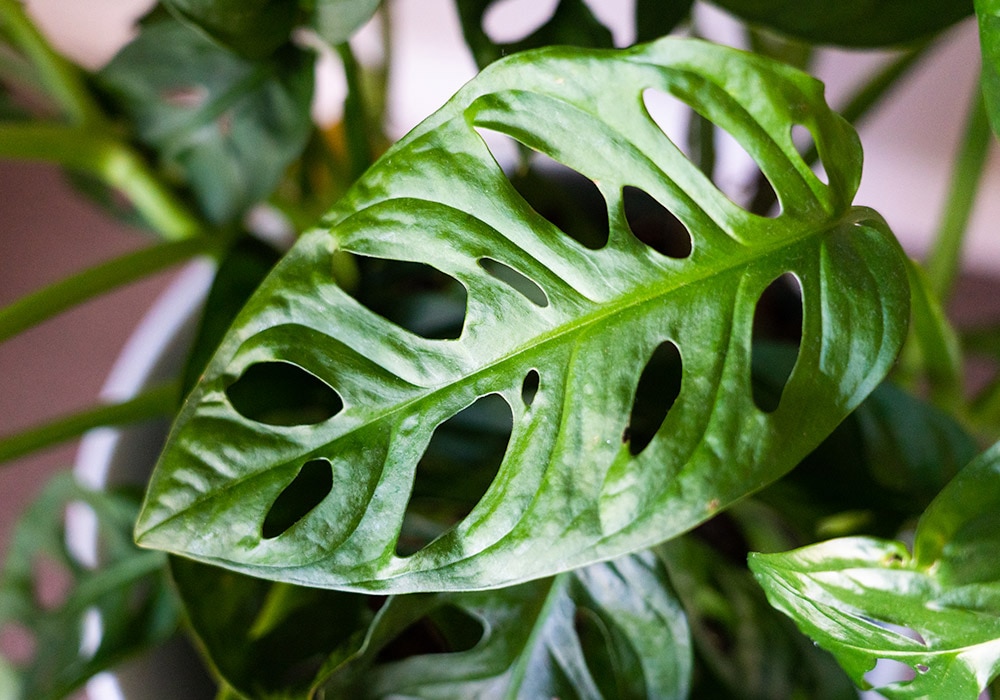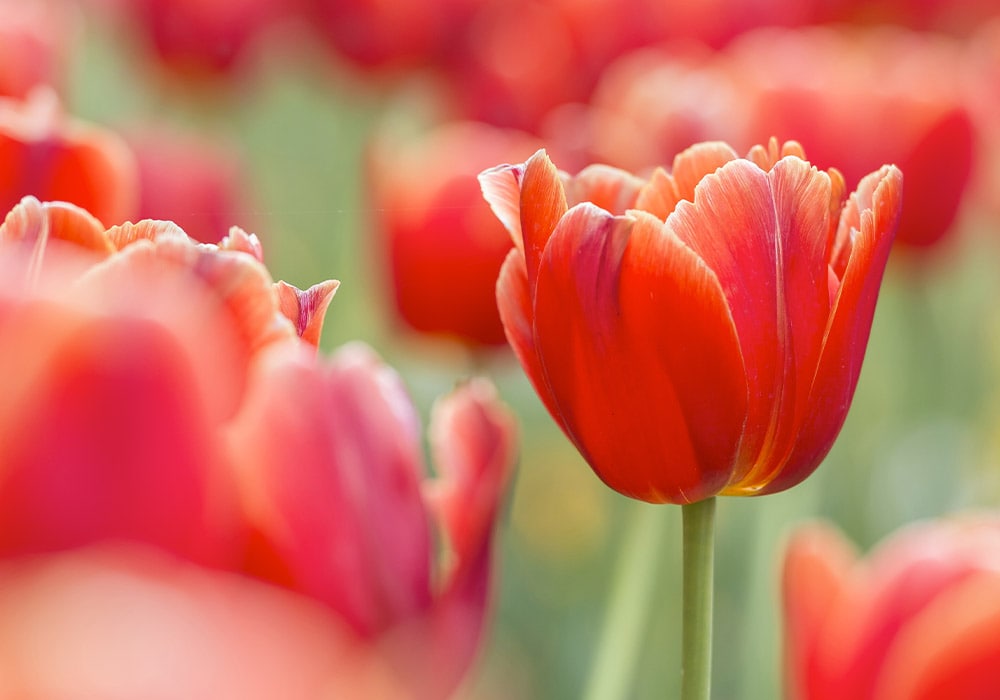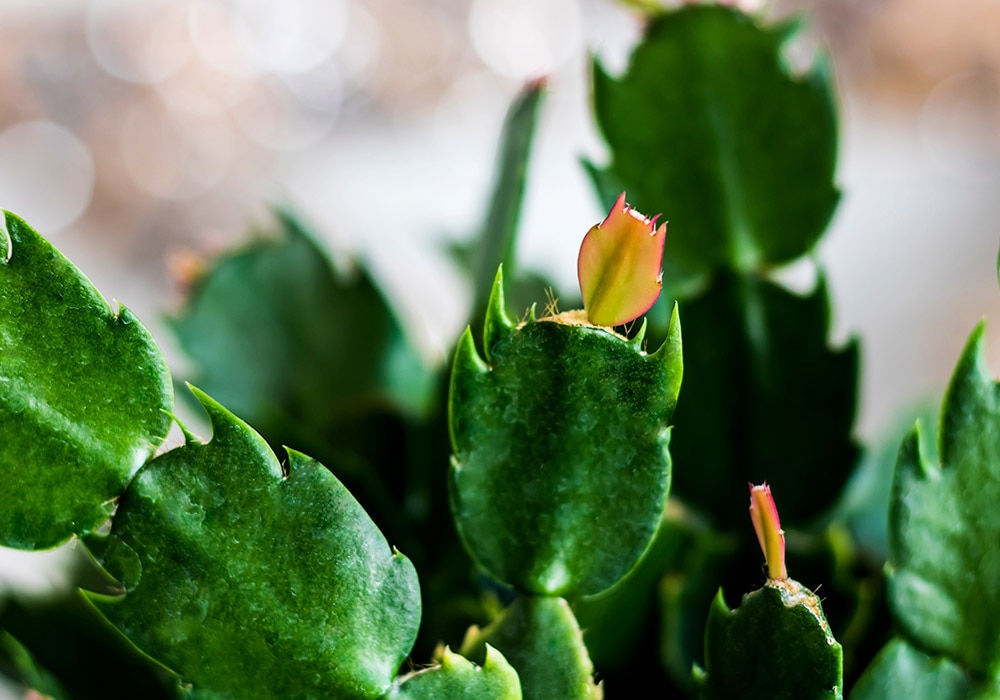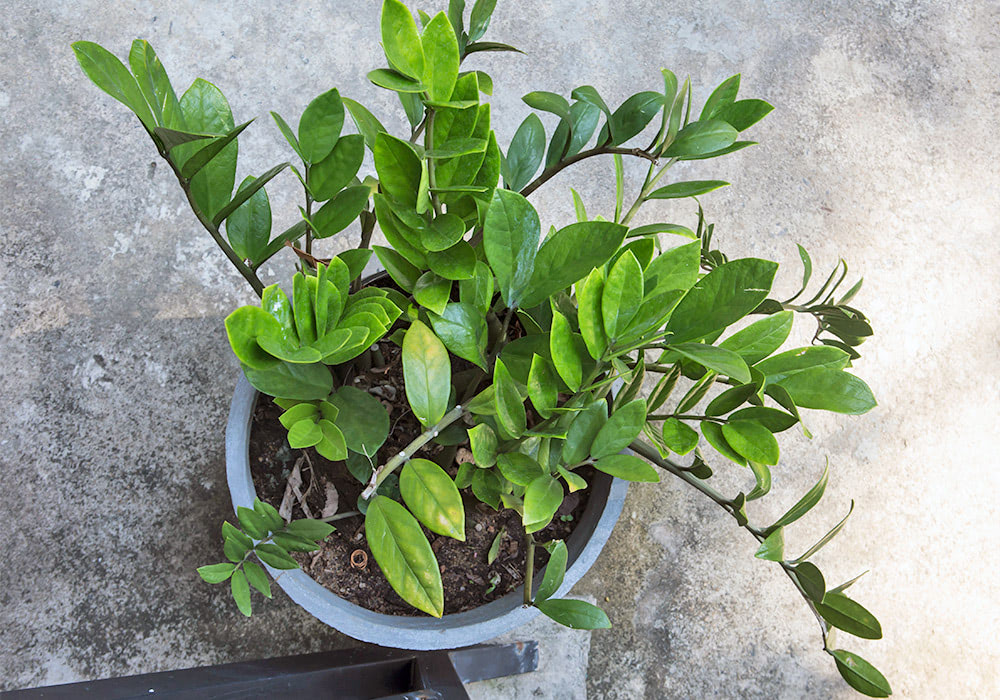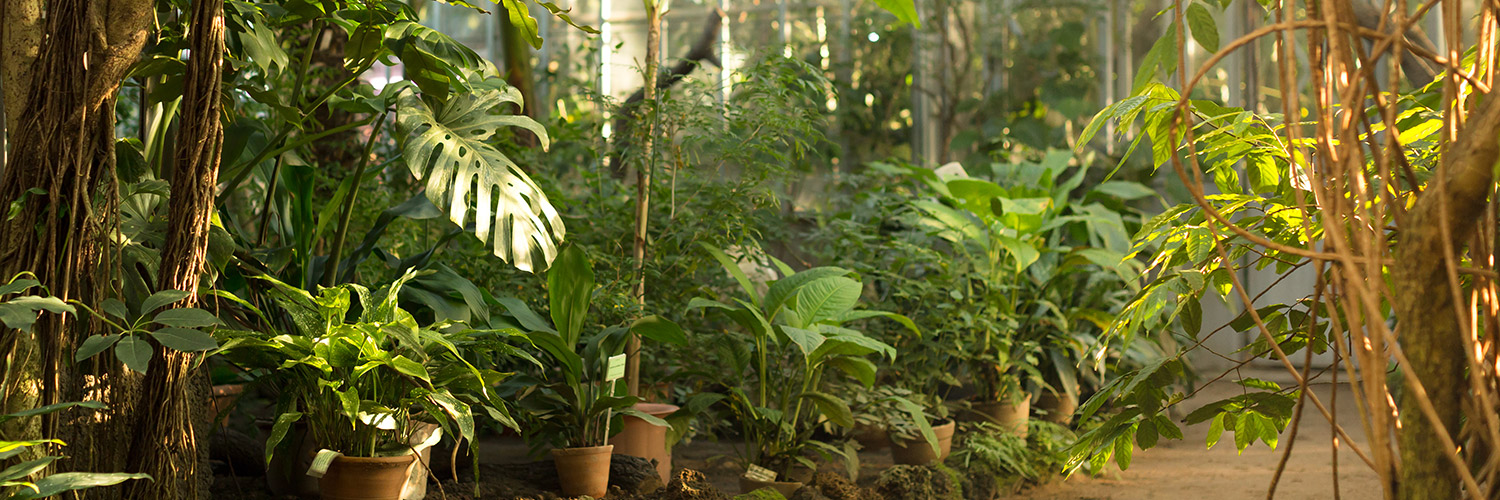
Expert Tips for Growing Healthy & Thriving Plants
Having plants in the home has become a fundamental component of modern living, particularly since we now know plants provide a number of health and emotional benefits. Live plants not only beautify our home and add a natural freshness to our surroundings, but they positively affect our overall well-being, as well. If inexperience or a lack of plant knowledge is keeping you from bringing plants into your home, then fear not! Taking care of plants is easier than you think, especially with this expert guide that provides easy-to-follow steps to help your plants thrive.
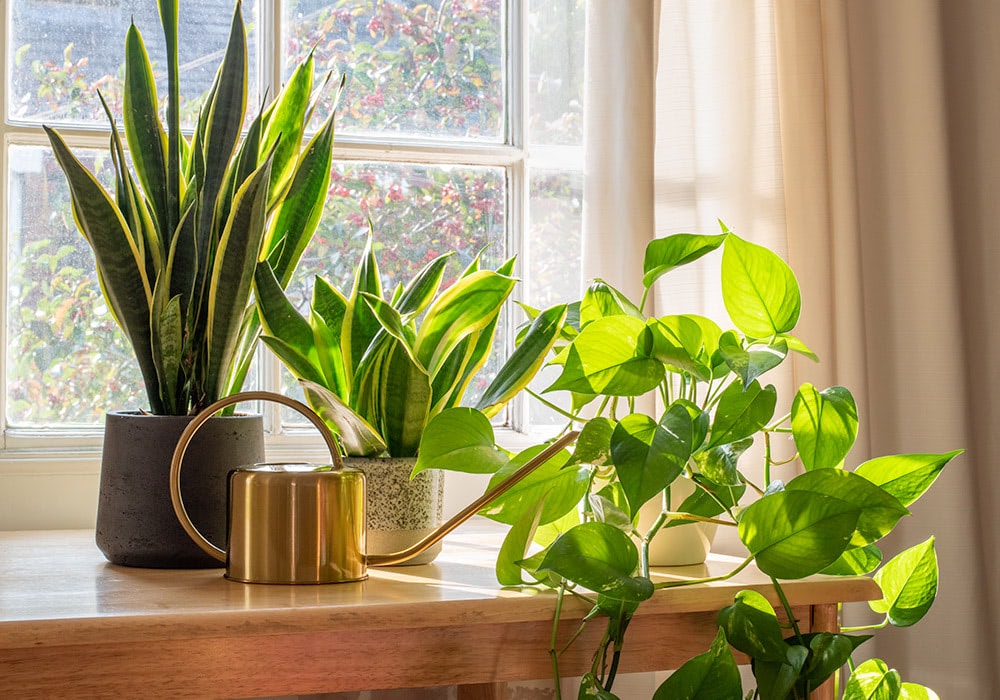
Where to Put Your Houseplant for Optimum Growth
Light is essential to plants -- it causes the reaction of photosynthesis to occur, which provides the plant with sugar (energy) so it can grow. Think of light as food for your plants; when they receive adequate amounts of light, they will grow. If they don't, they won't. Some plants can survive in low-lighting conditions but will not likely flourish and grow like others that receive more light. This doesn't mean you should give your plants as much direct sunlight as possible. Except for succulents, which prefer direct sun, most plants thrive when they receive bright, indirect light for at least 4-6 hours a day.
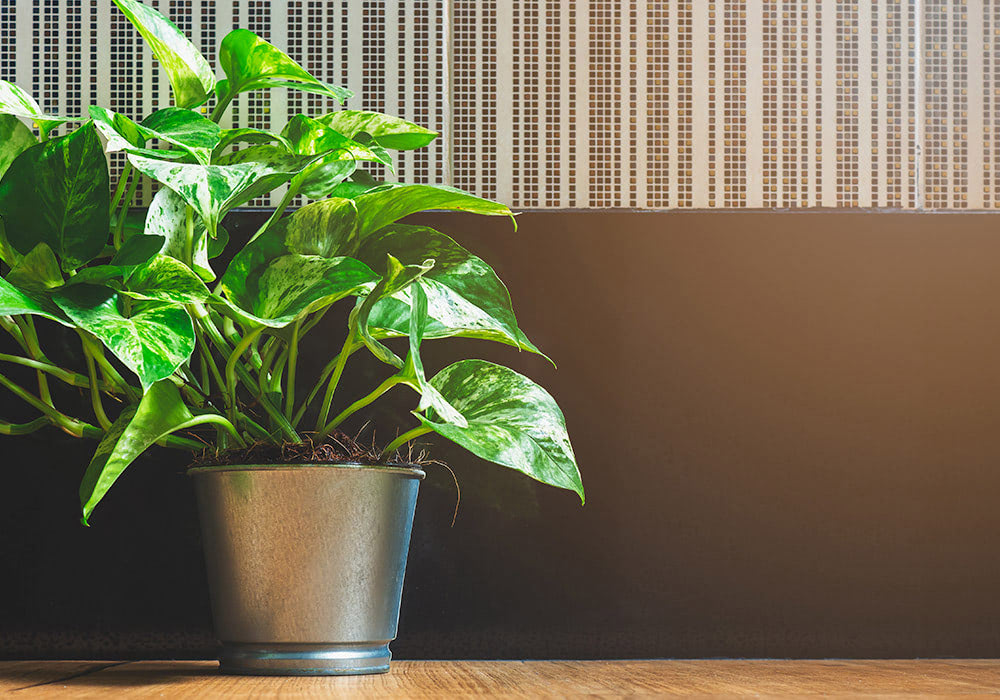
What Is Bright, Indirect Light?
Bright, indirect light is veiled (or dappled) light. It is sunlight that is either filtered through outside trees/leaves or a sheer curtain. A plant in this type of light receives little to no direct sun. The best time of day to determine the type of light your plant is getting is when the sun is at its highest point in the sky. Keep in mind that the sun's position (and strength of its rays) changes throughout the day based on the time and season. Also, morning light is softer and more gentle than afternoon light. Be mindful of the changing light throughout the year and move your plants accordingly.
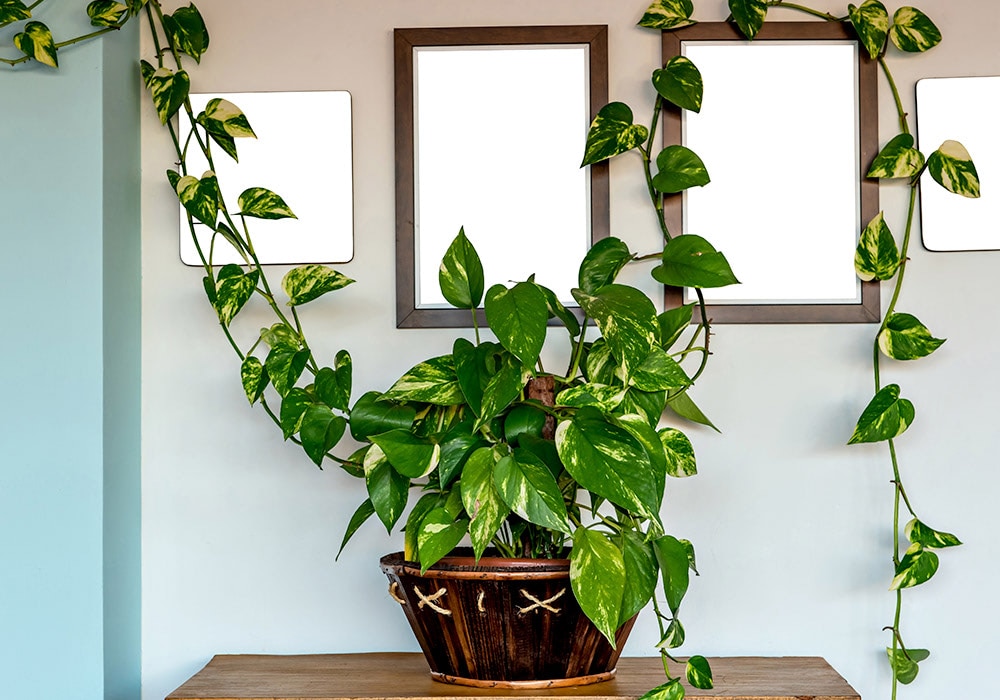
Signs Your Plant Is Getting Too Much or Not Enough Light
Refer to the instruction card that comes with your plant for guidance on the type of lighting condition it needs. Find a place in your home with the proper lighting, and then observe its growth or lack thereof. Look for signs your plant gives you about its lighting condition. Dropped leaves, yellowing leaves, or long spindly stems indicate the plant is not receiving enough light. Leaves that have become brittle, dry, pale, or marked with brown spots, indicate your plant is getting too much sun and needs to be moved further away from its light source. If your plant appears green, lush, healthy, and growing, then it's in ideal lighting conditions. Note: A plant's growth slows or stops completely during the winter months. Growing will resume during the spring and summer.
Watering Your Plant
Besides light, your plant also requires water to keep it lush and thriving. Water keeps plants cool and provides them with structural support. As a plant's cells absorb water, they become plump and firm, which gives the plant a thick, sturdy shape. Water also shifts the minerals in the soil closer to the roots so they can be absorbed by them. When a plant doesn't receive enough water, its cells deflate, resulting in droopiness and wilted stems. In most cases, a good watering will make the plant bounce right back. It's important not to overwater the plant, though, which can lead to root rot. Make sure the plant's container has adequate drainage to prevent it from sitting in standing water.
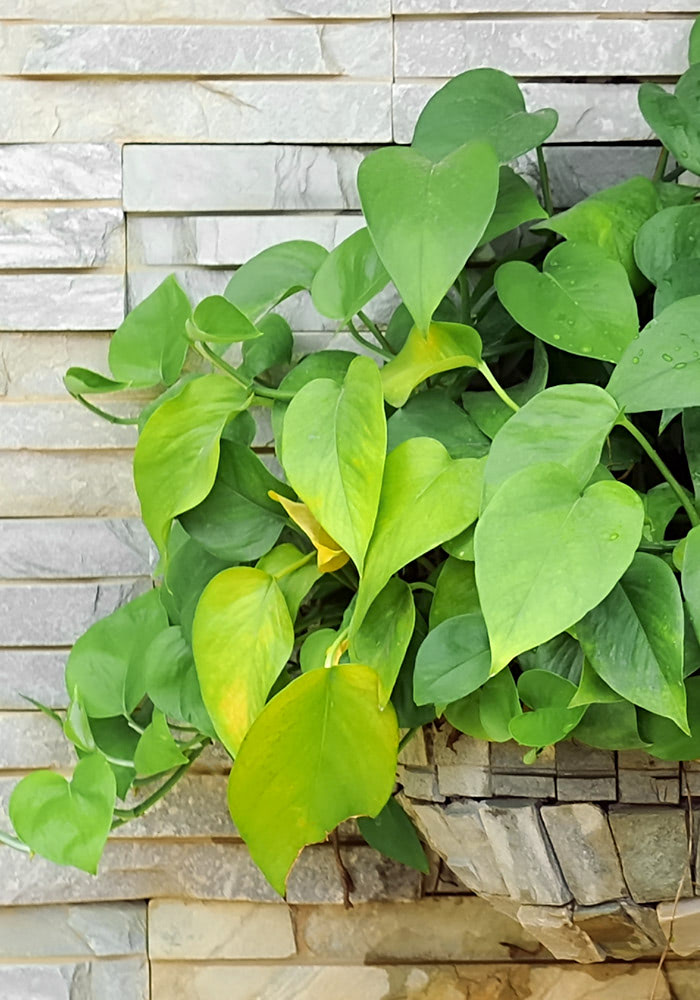
Knowing When & How Much to Water Your Plant
Some plants, like ferns and peace lilies, prefer evenly-moist soil at all times. The majority of plants, though, do better when their topsoil dries down 2-3 inches below the surface before being watered. Succulents, plants with thick leaves, and cacti prefer the soil to dry out completely between waterings.
- Use your finger or a wooden stick to determine the moisture content of your plant's soil and water accordingly.
- A good rule of thumb to determine how much water to give your plant is to water the area around the plant, not directly over its crown, until water begins to drain from the drainage holes.
- When it has finished draining, toss out any left-over water remaining in the saucer underneath.
Signs of Overwatering in Houseplants
- Soft, dropping leaves
- Brown, yellow, or wilting leaves
- Old and new leaves both dropping
- Brown leaf tips
- Mold on leaves, stems, or flowers
- Wet, soggy soil
- Gray or black slimy roots
Signs of Underwatering in Houseplants
- Dry, hard, compacted soil
- Soil pulled away from side of container
- Yellow, brown, or discolored leaves
- Dropping leaves
- Brittle, dry leaves
- Slower than usual growth
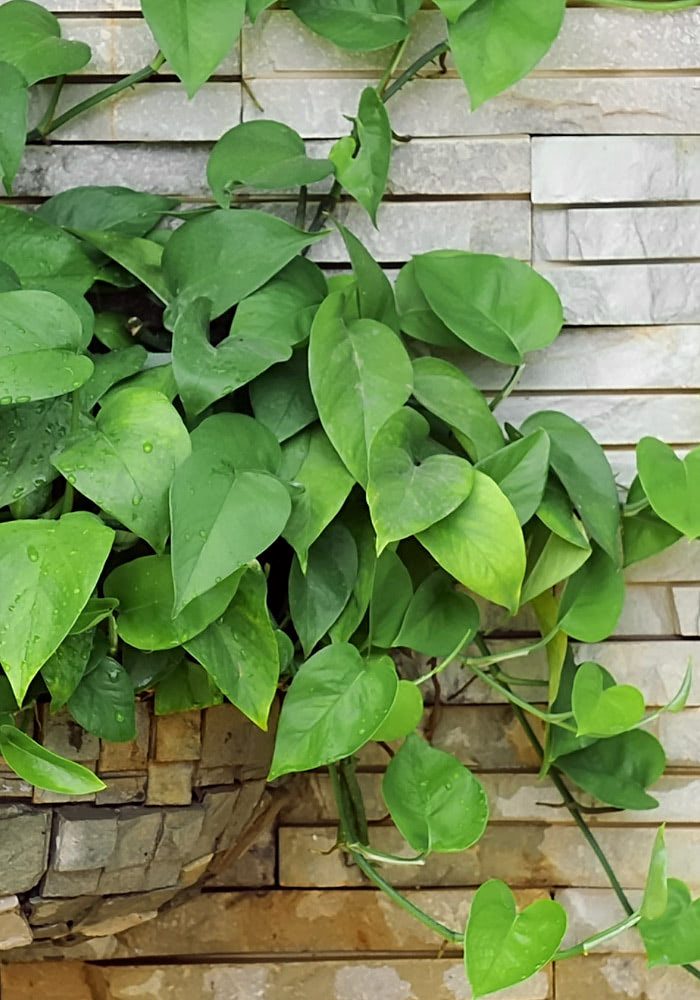
Bring some green into your home now!
Follow these guidelines and watch your plants thrive and become cherished living decor in your home. Their vibrant color, freshness, and vitality provide daily health and well-being benefits that will make you feel like you are living in a garden paradise.




